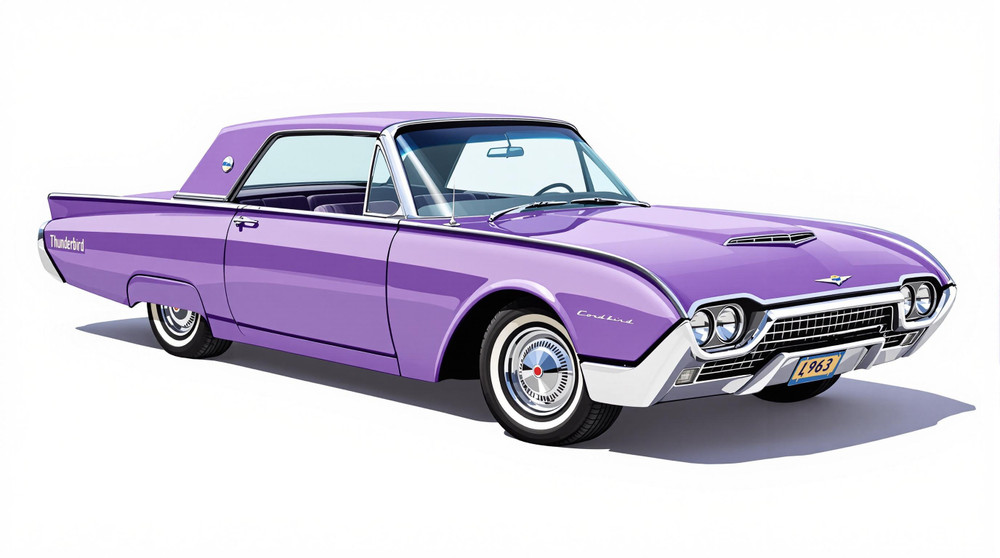Image of 1962 Ford Thunderbird, Note: These illustrations use artistic license and may differ from actual historical models.
Performance Metrics
Fundamental Metrics
Emotional Appeal
MMP Rating
| Engine Specifications | |
|---|---|
| Engine: | 390 cu in (6.4 L) FE V8 |
| Displacement: | 390 cu in (6.4 L) |
| Horsepower: | 300-340 hp |
| Torque: | 427 lb-ft |
| Compression Ratio: | 10.5:1 |
| Ignition System: | Conventional points ignition system |
| Cooling System: | Liquid-cooled |
| Performance Specifications | |
| 0-60 Time: | 11 seconds |
| 1/4 Mile Time: | 17.5 seconds |
| Top Speed: | 120 mph |
| Transmission and Drive | |
| Drive Type: | Rear-wheel drive |
| Transmission Type: | 3-speed automatic |
| Fuel and Efficiency | |
| Fuel System Type: | Carburetor |
| MPG: | 10-12 mpg |
| Dimensions and Brakes | |
| Brakes: | Drum brakes |
| Wheelbase: | 113.0 in |
| Weight: | 4,400 lbs |
Note: Specifications for classic cars are given to the best of our ability, considering the limited and variant data available.
1962 Ford Thunderbird: A Blend of Luxury and Performance
The 1962 Ford Thunderbird is not merely a car; it's a statement of sophistication and innovation from an era where style met performance in a dance of automotive excellence. Born from the ambitious minds at Ford, this vehicle emerged as a symbol of American luxury and engineering prowess. The Thunderbird, or "T-Bird" as it affectionately became known, was designed to cater to a growing market of consumers seeking a personal luxury car, a niche that Ford capitalized on brilliantly. A unique fact that car enthusiasts may find fascinating is that the 1962 model featured the debut of the elegant "Landau" styling, complete with a vinyl roof and simulated S-bars on the rear pillars, which became an iconic look for years to follow.
Design and Innovation
The exterior of the 1962 Thunderbird was a masterclass in design, boasting clean lines that exuded speed and grace. The front grille presented a poised, confident face while the tailfins had been tastefully restrained compared to earlier models, reflecting evolving automotive trends. Inside, passengers were enveloped in an environment that prioritized comfort and luxury, with rich leather seats and chrome accents that highlighted the cabin's spaciousness. Technologically advanced for its time, it featured innovations like the Swing-Away steering wheel which moved aside to facilitate easier entry and exit for the driver. Color options ranged from classic Corinthian White to the more vibrant Rangoon Red, with many buyers opting for sophisticated hues like Chestnut or Silver Mink. The most popular body style was undoubtedly the convertible, which offered an unrivaled open-air driving experience.
Historical Significance
The 1962 Thunderbird's impact on automotive design was profound. It helped solidify the concept of the personal luxury car in America—a segment that would see tremendous growth in subsequent decades. Its blend of elegance and performance set it apart from other vehicles of its time and laid down a marker for what American luxury should entail.
Performance and Handling
Underneath its stylish exterior lay a robust 390 cubic inch V8 engine that propelled the Thunderbird to impressive speeds for its class. With a top speed nearing 120 mph and capable of sprinting from 0-60 mph in around 11 seconds, it offered spirited performance. Handling was smooth, with a suspension adept at absorbing imperfections in the road while still providing enough feedback to make driving an engaging experience. The sound of its V8 was unmistakably powerful yet refined—a symphony for gearheads and casual drivers alike.
Ownership Experience
The Thunderbird found its niche among those who wanted a daily driver with flair or a weekend cruiser that turned heads at every corner. Maintenance was typical for cars of its time—straightforward enough for DIY enthusiasts but could be costly if neglected. Reliability was generally good, though some components like power window regulators were known to be temperamental.
Fun Facts
The '62 T-Bird held an allure that even celebrities couldn't resist; notable owners included Frank Sinatra and President John F. Kennedy. While not known for setting speed records, it did set standards in style and comfort that are still appreciated today. Criticisms were few but did include remarks about fuel consumption—a common trait among powerful engines of that era.
Collector's Information
Today's collectors cherish the 1962 Ford Thunderbird for its blend of luxury and performance. With approximately 78,000 units produced across all styles, they are relatively available but highly sought after by enthusiasts. Values can range significantly based on condition, history, and originality, with pristine examples fetching upwards of $30,000 or more at auction.
Conclusion
The 1962 Ford Thunderbird stands as a testament to an era when cars were more than just transportation; they were expressions of identity and ambition. Its lasting legacy is one of timeless elegance combined with performance—a true classic that continues to captivate collectors and enthusiasts around the world.
1962 Ford Thunderbird Catalog of Parts
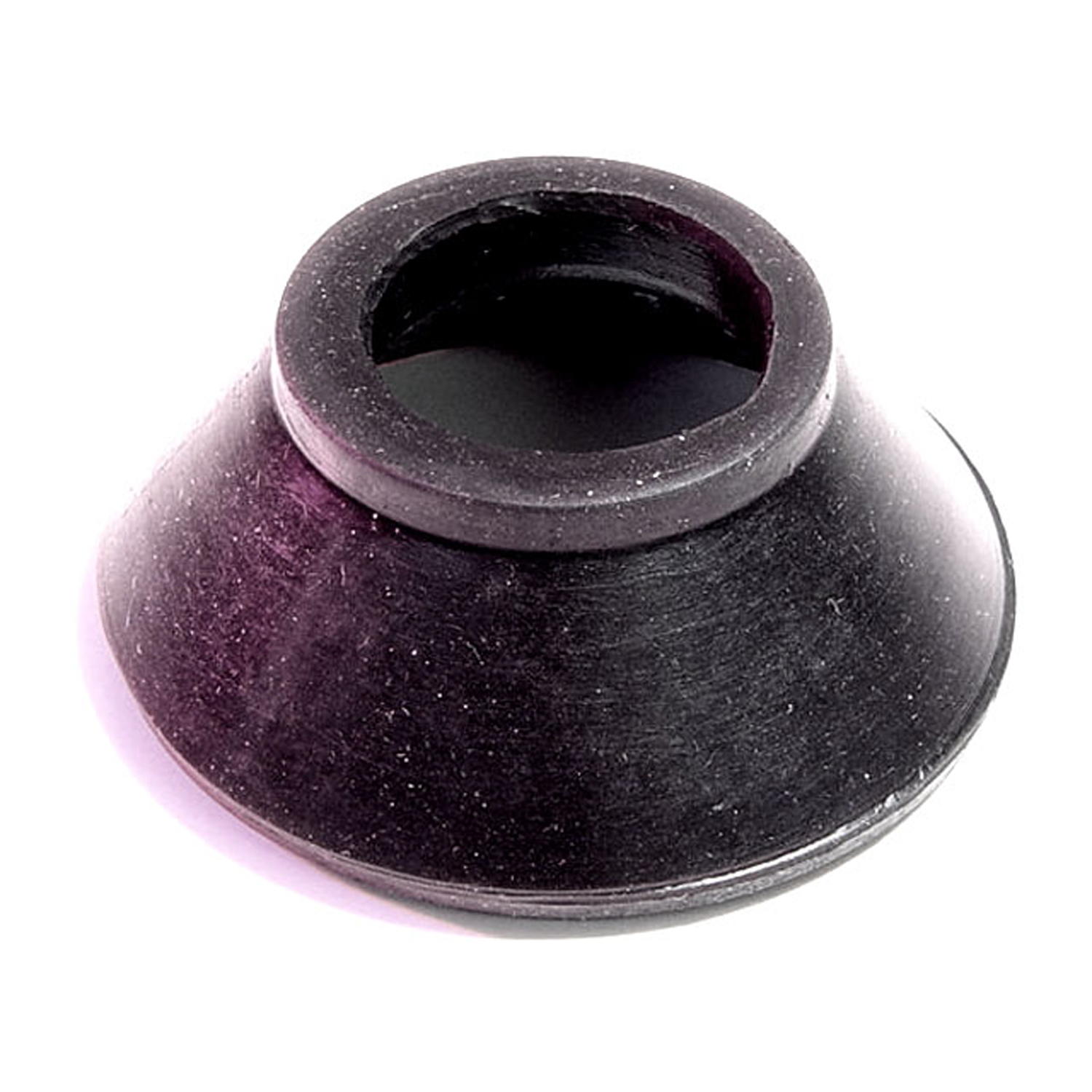 1962 Ford Thunderbird Suspension Ball Joint Dust Seal. 3/4" top I.D-BN 101-BSuspension Ball Joint Dust Seal. 3/4" top I.D., 1-11/16" bottom O.D., 3/4" high. For some rare models. Check dimensions against original. Each
1962 Ford Thunderbird Suspension Ball Joint Dust Seal. 3/4" top I.D-BN 101-BSuspension Ball Joint Dust Seal. 3/4" top I.D., 1-11/16" bottom O.D., 3/4" high. For some rare models. Check dimensions against original. Each 1962 Ford Thunderbird Power Steering Stop Insulator. Die stamped. 1-7/16" O.D-BN 107-APower Steering Stop Insulator. Die stamped. 1-7/16" O.D., 1-1/16" I.D., .808 thick. Each
1962 Ford Thunderbird Power Steering Stop Insulator. Die stamped. 1-7/16" O.D-BN 107-APower Steering Stop Insulator. Die stamped. 1-7/16" O.D., 1-1/16" I.D., .808 thick. Each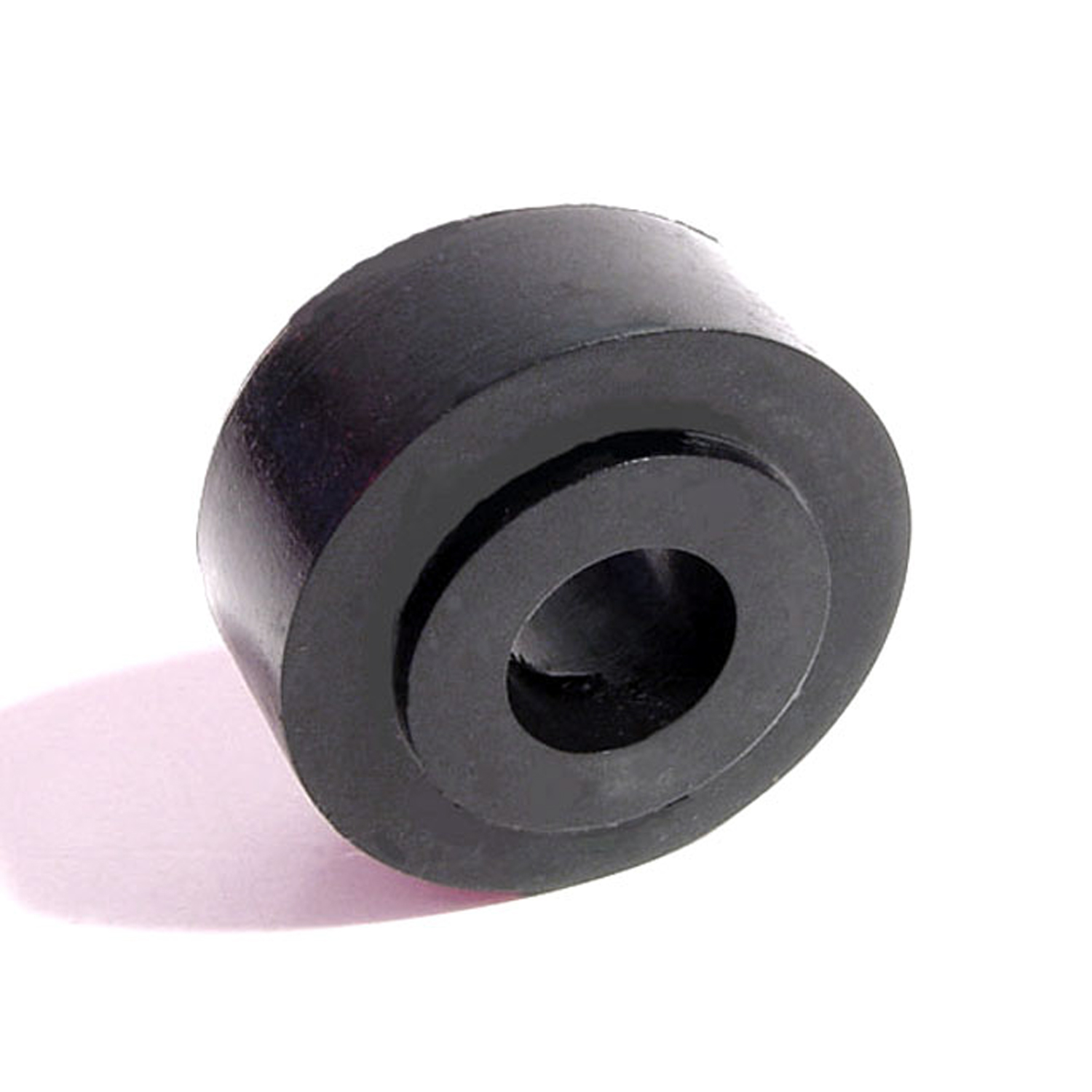 1962 Ford Thunderbird Shock Absorber Grommet. 1-1/4" bottom O.D., 1" high-BN 12Shock Absorber Grommet. 1-1/4" bottom O.D., 1" high., with 3/4" I.D. Each
1962 Ford Thunderbird Shock Absorber Grommet. 1-1/4" bottom O.D., 1" high-BN 12Shock Absorber Grommet. 1-1/4" bottom O.D., 1" high., with 3/4" I.D. Each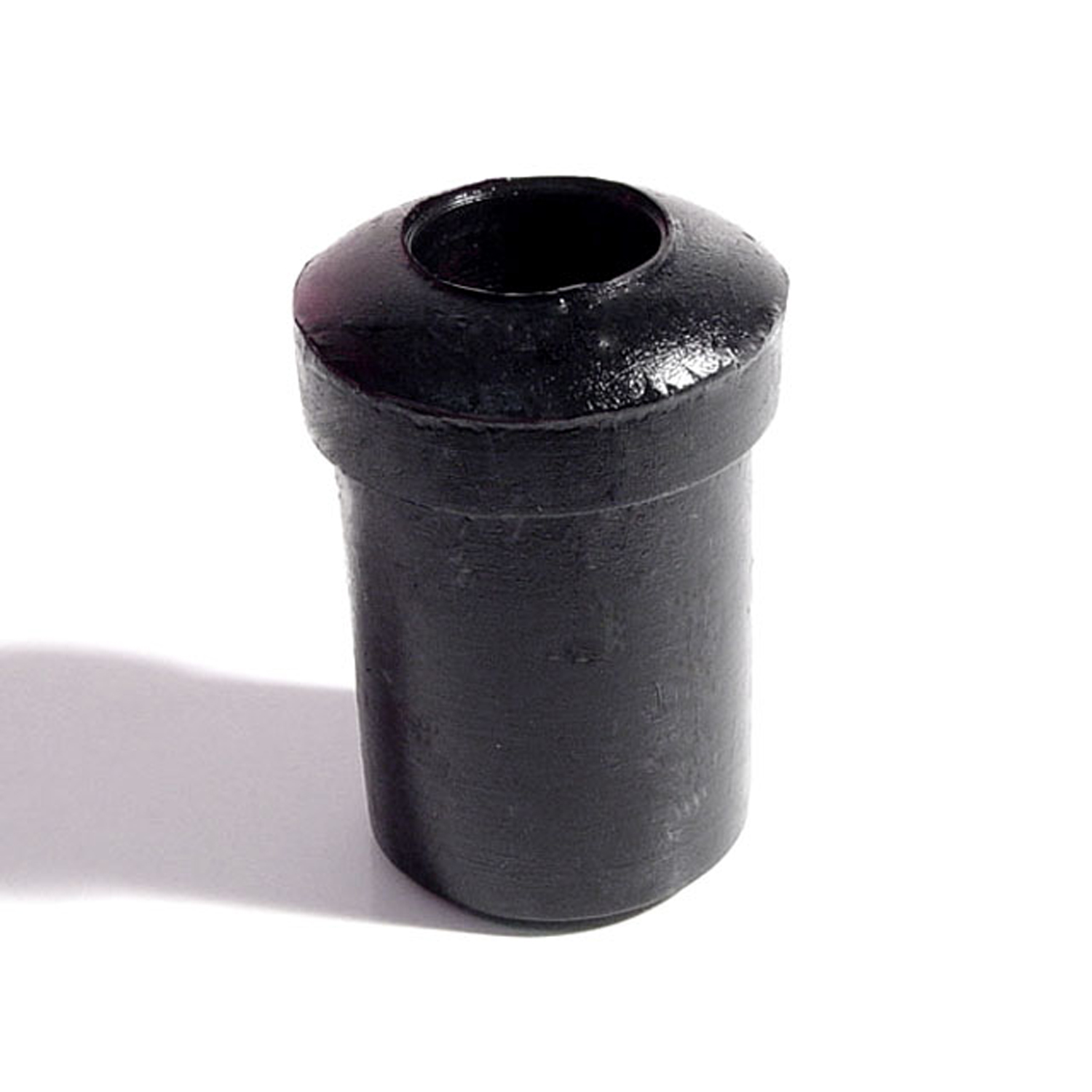 1962 Ford Thunderbird Spring and Shackle Bushing. 1" bottom O.D-BN 20Spring and Shackle Bushing. 1" bottom O.D. X 1-5/8" high, with 9/16" I.D. Each
1962 Ford Thunderbird Spring and Shackle Bushing. 1" bottom O.D-BN 20Spring and Shackle Bushing. 1" bottom O.D. X 1-5/8" high, with 9/16" I.D. Each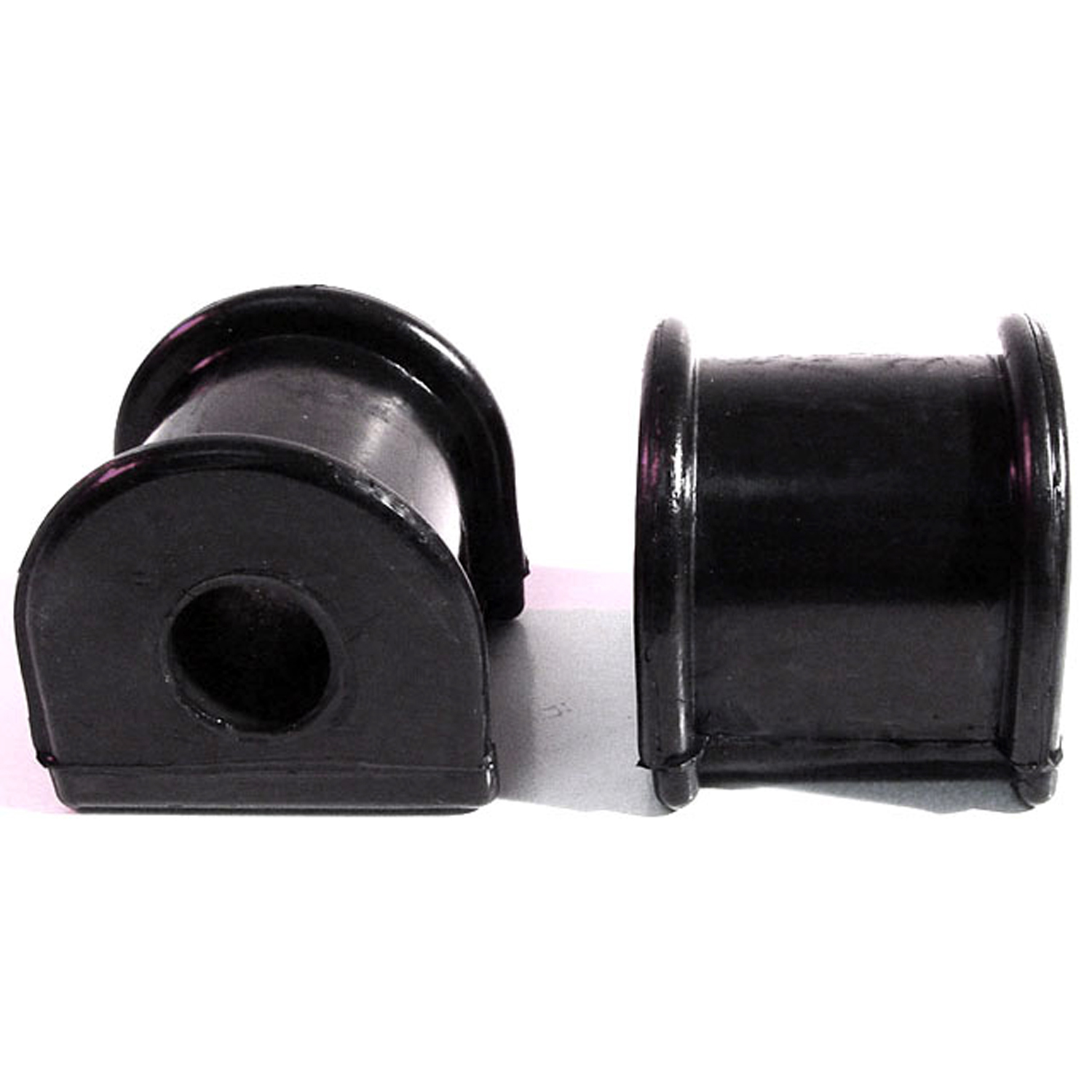 1962 Ford Thunderbird Front Stabilizer Bar Bushings. Made of hard rubber-BN 32-BFront Stabilizer Bar Bushings. Made of hard rubber. 1-5/8" long X 1-7/8" wide X 1-5/8" high. Pair
1962 Ford Thunderbird Front Stabilizer Bar Bushings. Made of hard rubber-BN 32-BFront Stabilizer Bar Bushings. Made of hard rubber. 1-5/8" long X 1-7/8" wide X 1-5/8" high. Pair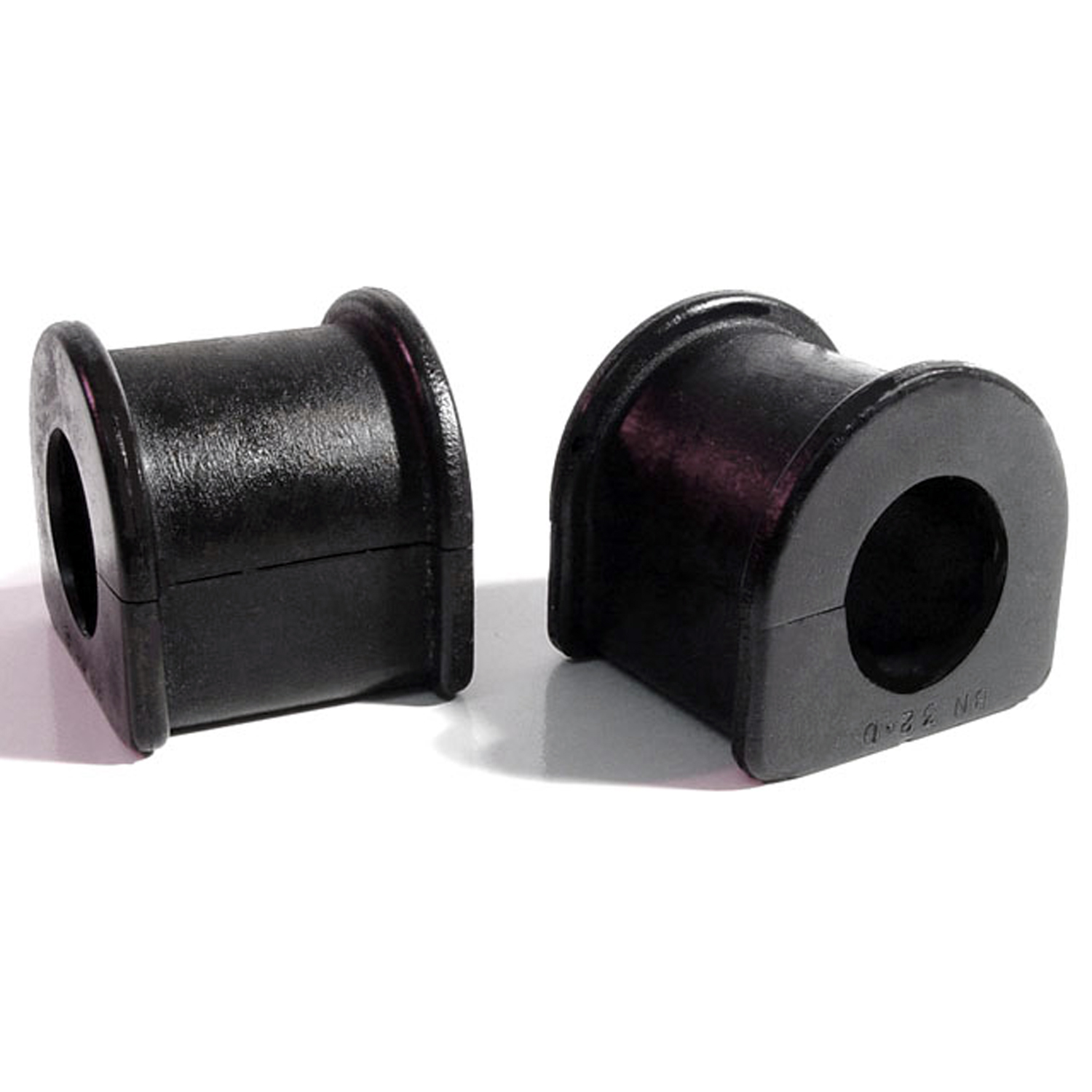 1962 Ford Thunderbird Stabilizer Bar Bushings-BN 32-DStabilizer Bar Bushings. 1-9/16" long X 1-1/2" wide X 1-5/8" high, 15/16" I.D. Pair
1962 Ford Thunderbird Stabilizer Bar Bushings-BN 32-DStabilizer Bar Bushings. 1-9/16" long X 1-1/2" wide X 1-5/8" high, 15/16" I.D. Pair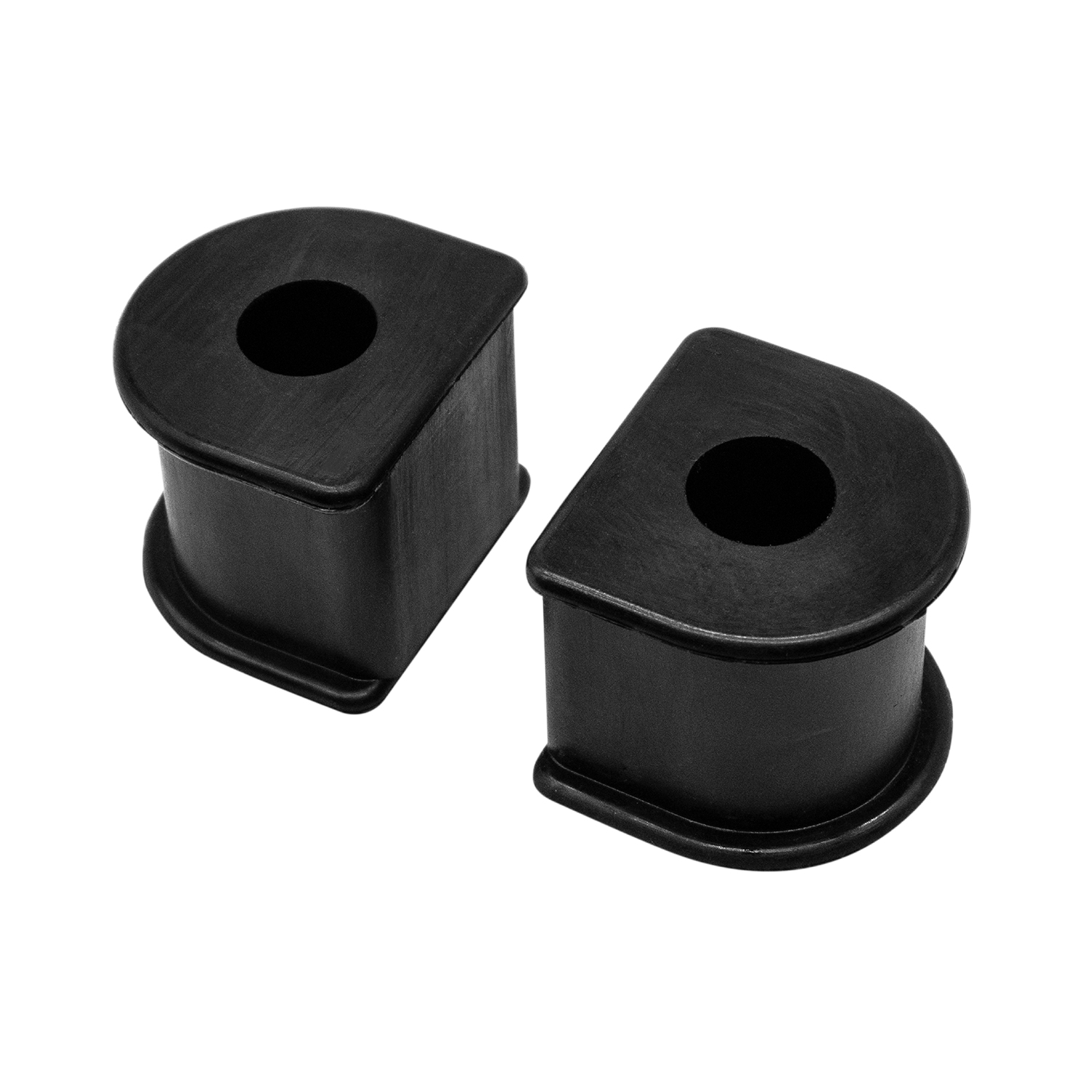 1962 Ford Thunderbird Front stabilizer bar to frame bushings-BN 32-FFront stabilizer bar to frame bushings, '59-'66 Ford and Mercury passenger car, station wagon and sedan delivery models, pair. Replaces OEM # B9A-5493-B.
1962 Ford Thunderbird Front stabilizer bar to frame bushings-BN 32-FFront stabilizer bar to frame bushings, '59-'66 Ford and Mercury passenger car, station wagon and sedan delivery models, pair. Replaces OEM # B9A-5493-B.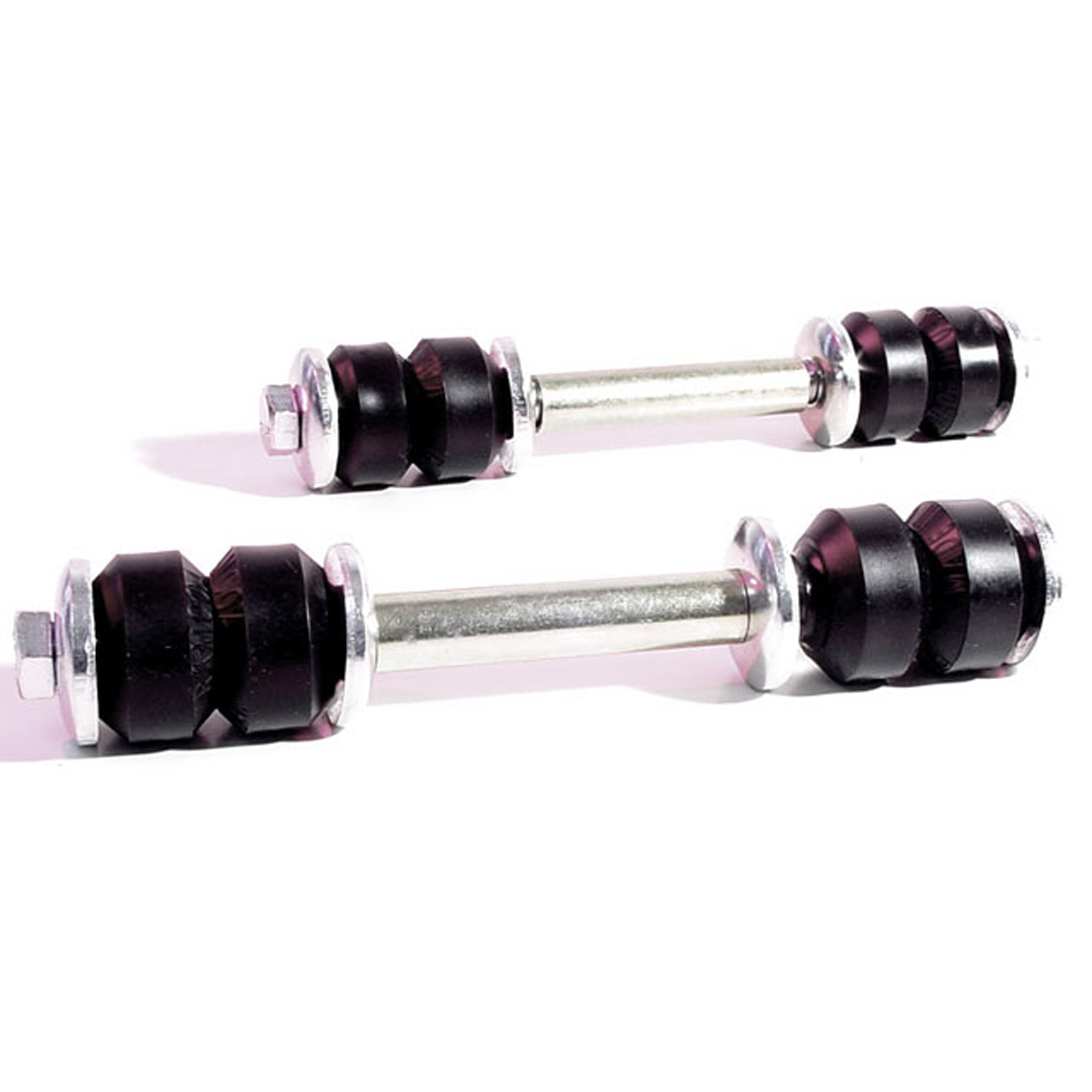 1962 Ford Thunderbird Front Stabilizer End Repair Kit-BNK 23Front Stabilizer End Repair Kit. 22-piece set for two stabilizer bars. Contains all rubber bushings, washers, bolts and nuts, enough for one front end. Set
1962 Ford Thunderbird Front Stabilizer End Repair Kit-BNK 23Front Stabilizer End Repair Kit. 22-piece set for two stabilizer bars. Contains all rubber bushings, washers, bolts and nuts, enough for one front end. Set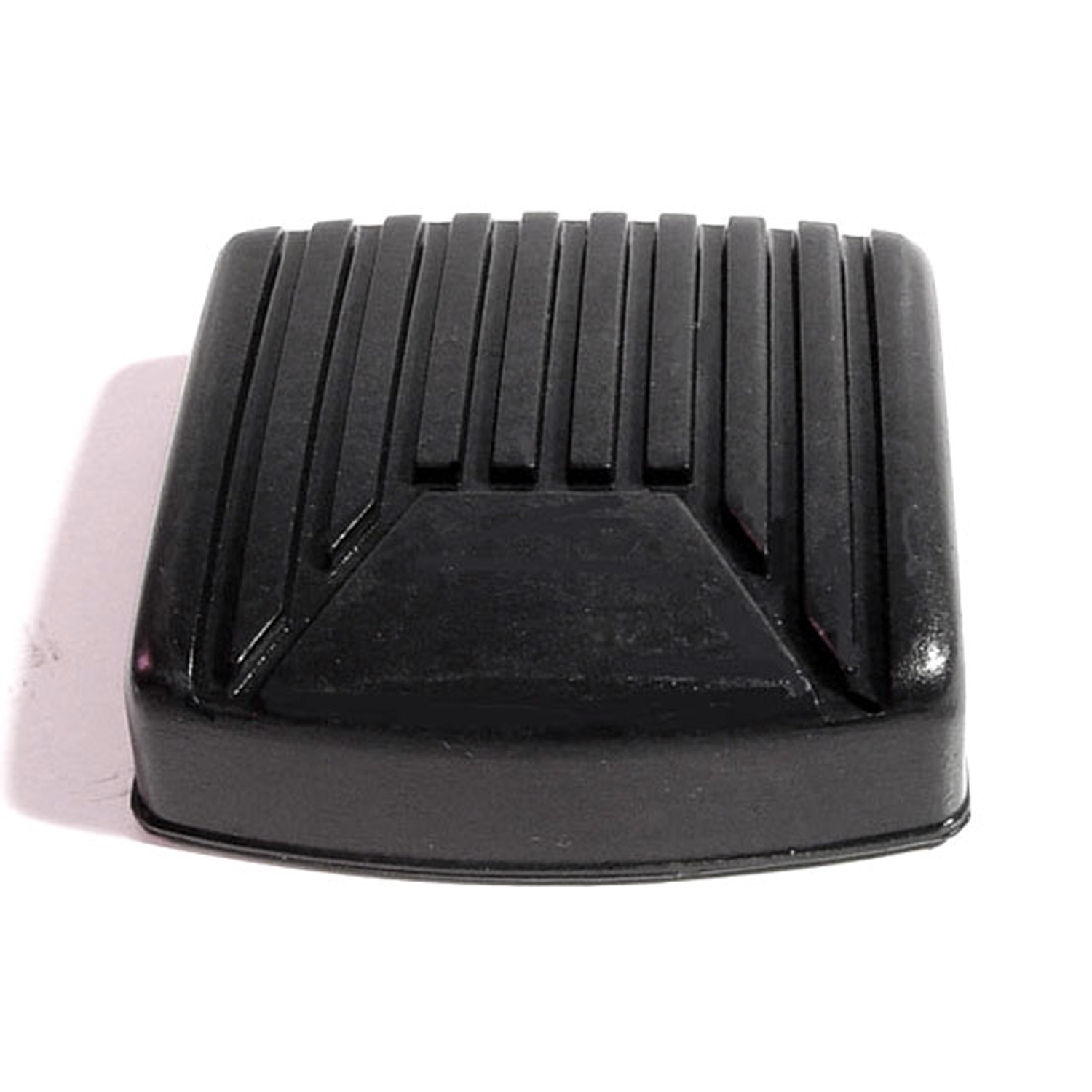 1962 Ford Thunderbird Emergency Brake Pad. Very nice reproduction-CB 111-MEmergency Brake Pad. Very nice reproduction. Identical to original. 2" wide X 2-1/16" long. Each
1962 Ford Thunderbird Emergency Brake Pad. Very nice reproduction-CB 111-MEmergency Brake Pad. Very nice reproduction. Identical to original. 2" wide X 2-1/16" long. Each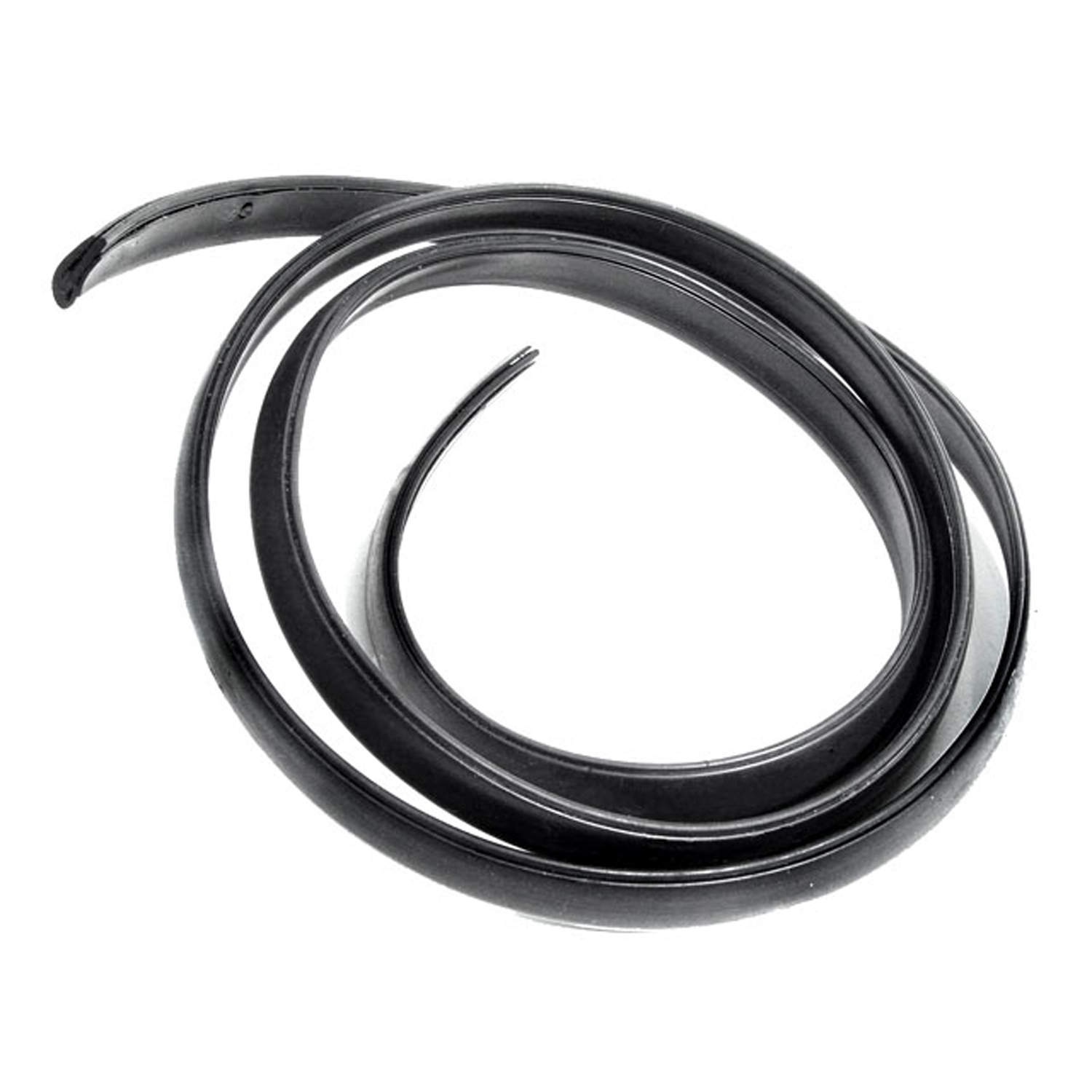 1962 Ford Thunderbird Top Bow to Header Seal for Convertibles. 56" long. Each-HD 305Top Bow to Header Seal for Convertibles. 56" long. Each
1962 Ford Thunderbird Top Bow to Header Seal for Convertibles. 56" long. Each-HD 305Top Bow to Header Seal for Convertibles. 56" long. Each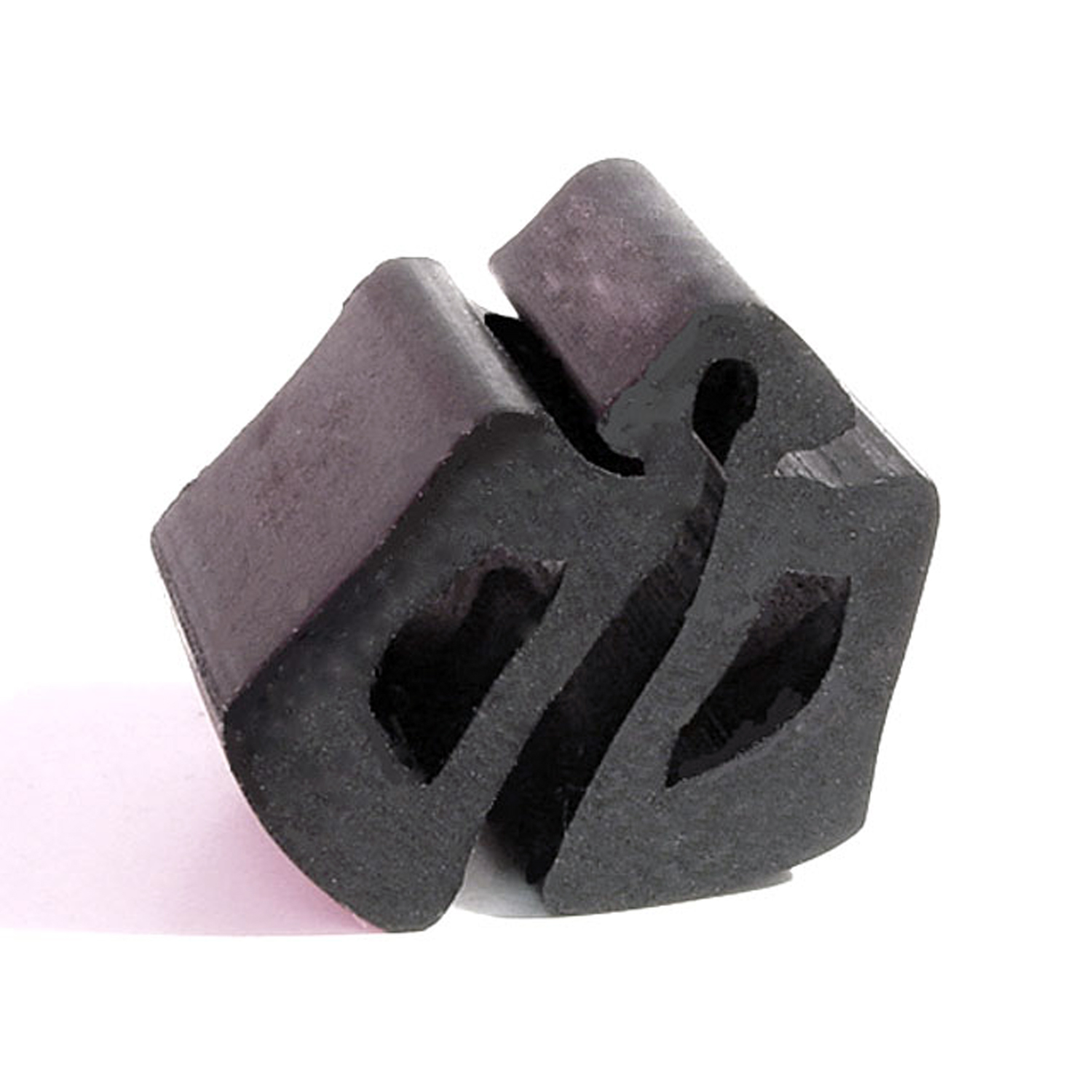 1962 Ford Thunderbird Hood Bumper. Each-HF 2Hood Bumper. Each
1962 Ford Thunderbird Hood Bumper. Each-HF 2Hood Bumper. Each 1962 Ford Thunderbird Hood Bumper. Exact Reproduction-HF 35Hood Bumper. Exact Reproduction. 1-5/8" long X 1-1/16 wide X 11/16" thick. Each
1962 Ford Thunderbird Hood Bumper. Exact Reproduction-HF 35Hood Bumper. Exact Reproduction. 1-5/8" long X 1-1/16 wide X 11/16" thick. Each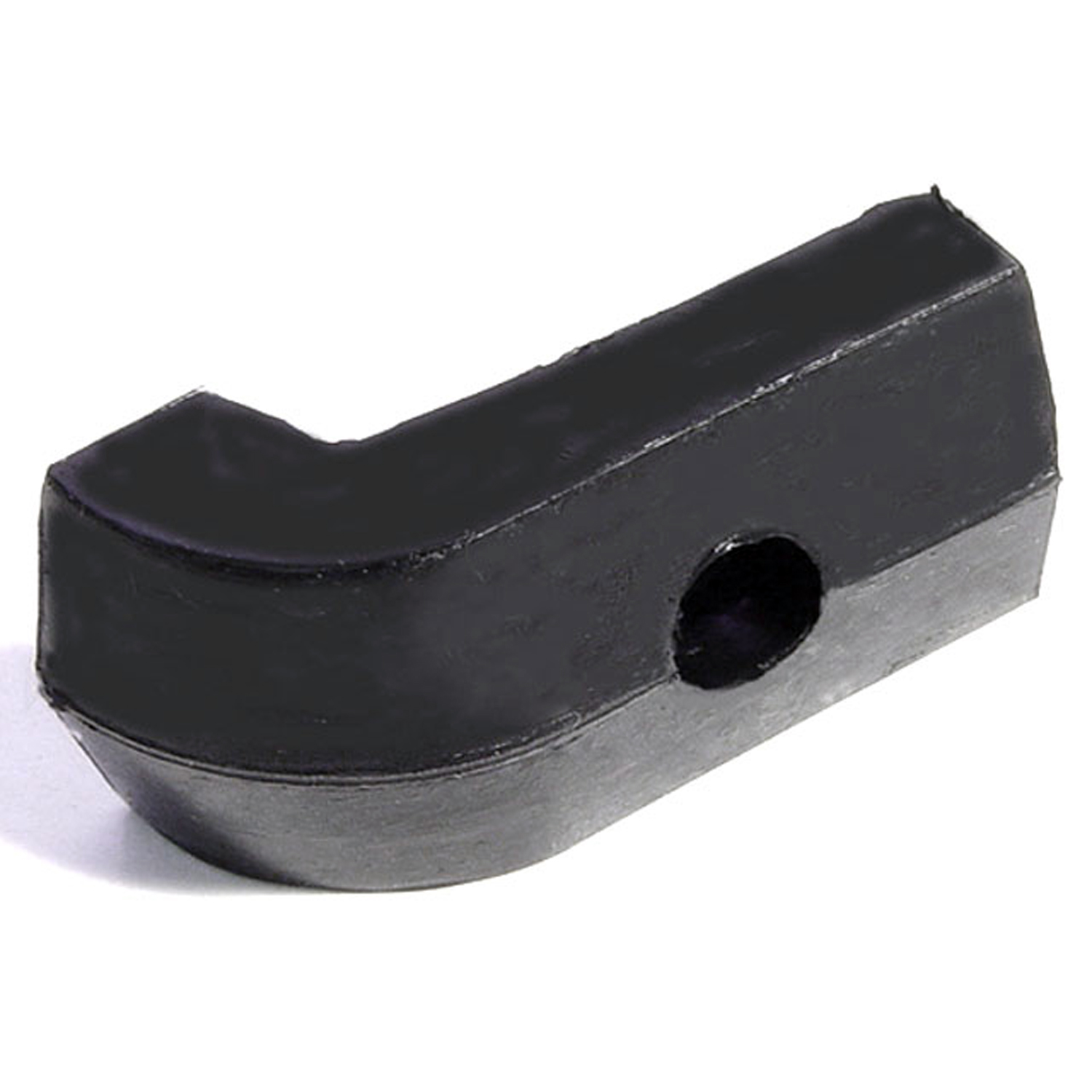 1962 Ford Thunderbird Hood Bumper. Made with steel core. Held by screw. Each-HF 40Hood Bumper. Made with steel core. Held by screw. Each
1962 Ford Thunderbird Hood Bumper. Made with steel core. Held by screw. Each-HF 40Hood Bumper. Made with steel core. Held by screw. Each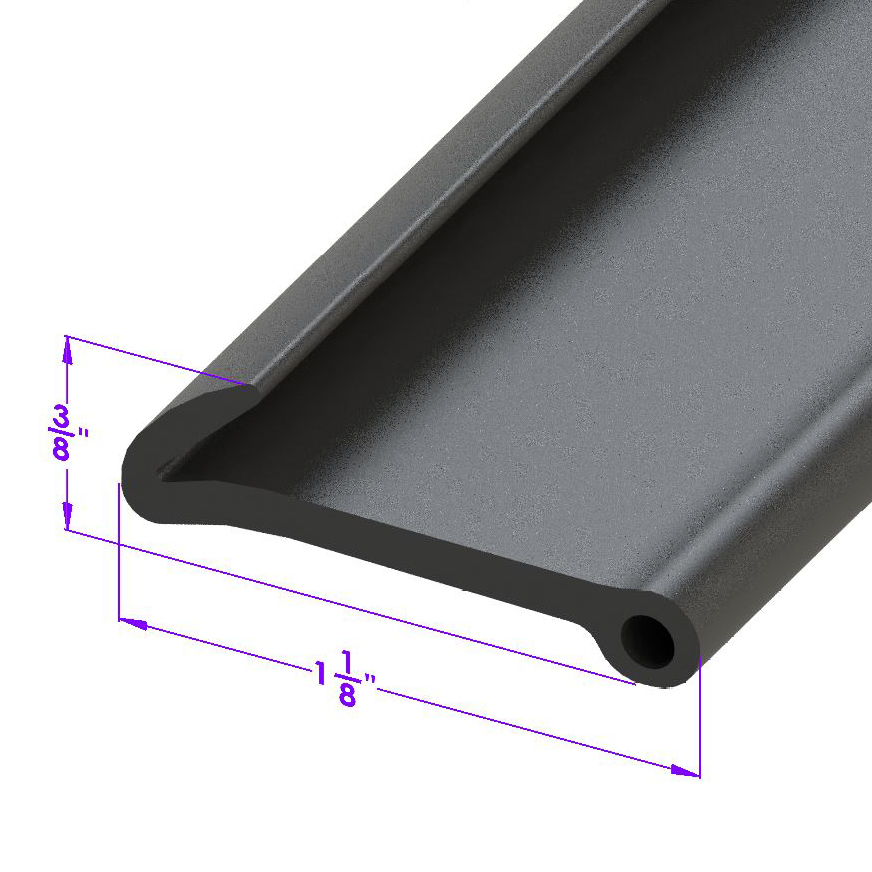 1962 Ford Thunderbird Fender Skirt Seal. Sold by the foot-LP 111-KFender Skirt Seal. Sold by the foot
1962 Ford Thunderbird Fender Skirt Seal. Sold by the foot-LP 111-KFender Skirt Seal. Sold by the foot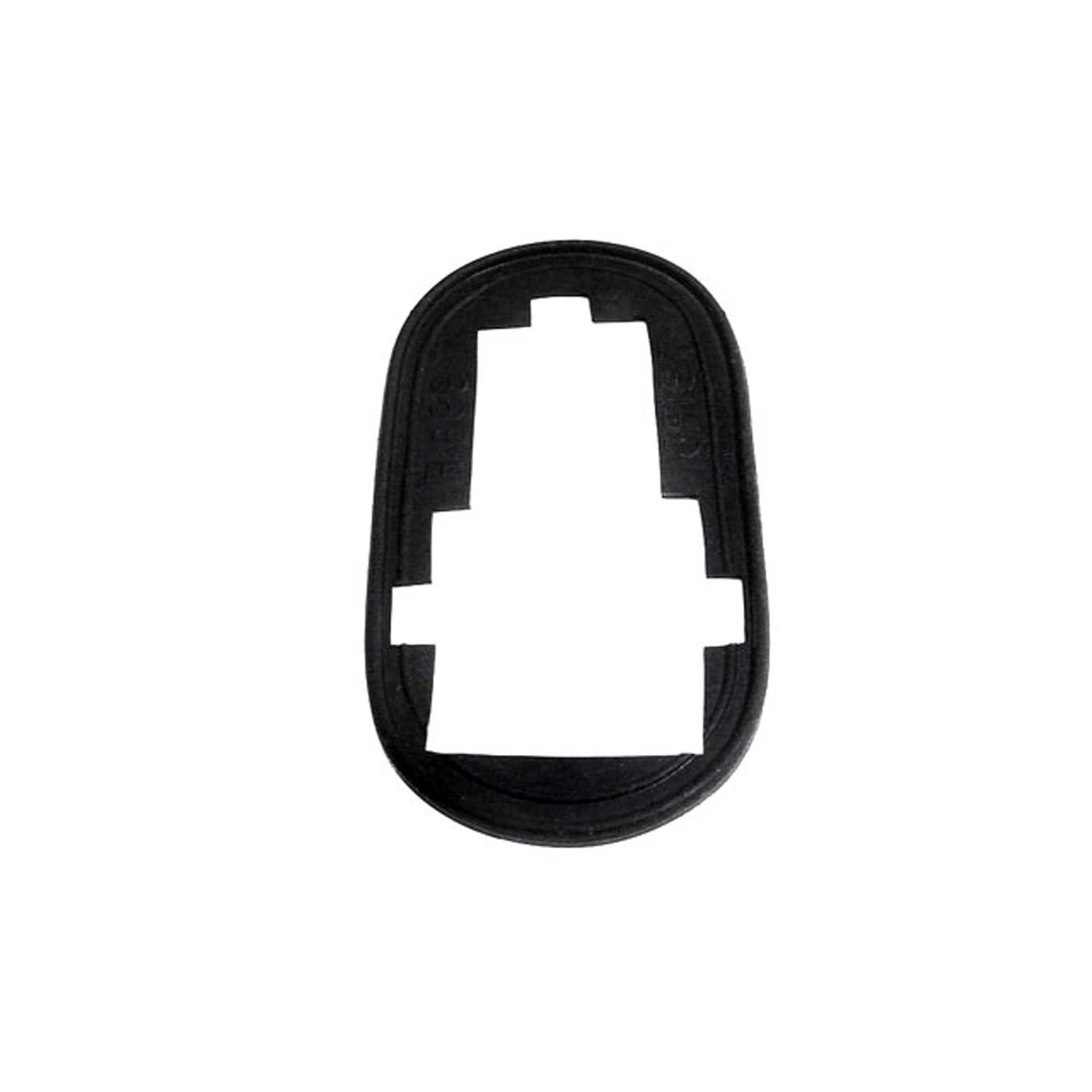 1962 Ford Thunderbird Switch Grommet. 2-1/8" wide X 4-1/8" long. Each-MP 996-FSwitch Grommet. 2-1/8" wide X 4-1/8" long. Each
1962 Ford Thunderbird Switch Grommet. 2-1/8" wide X 4-1/8" long. Each-MP 996-FSwitch Grommet. 2-1/8" wide X 4-1/8" long. Each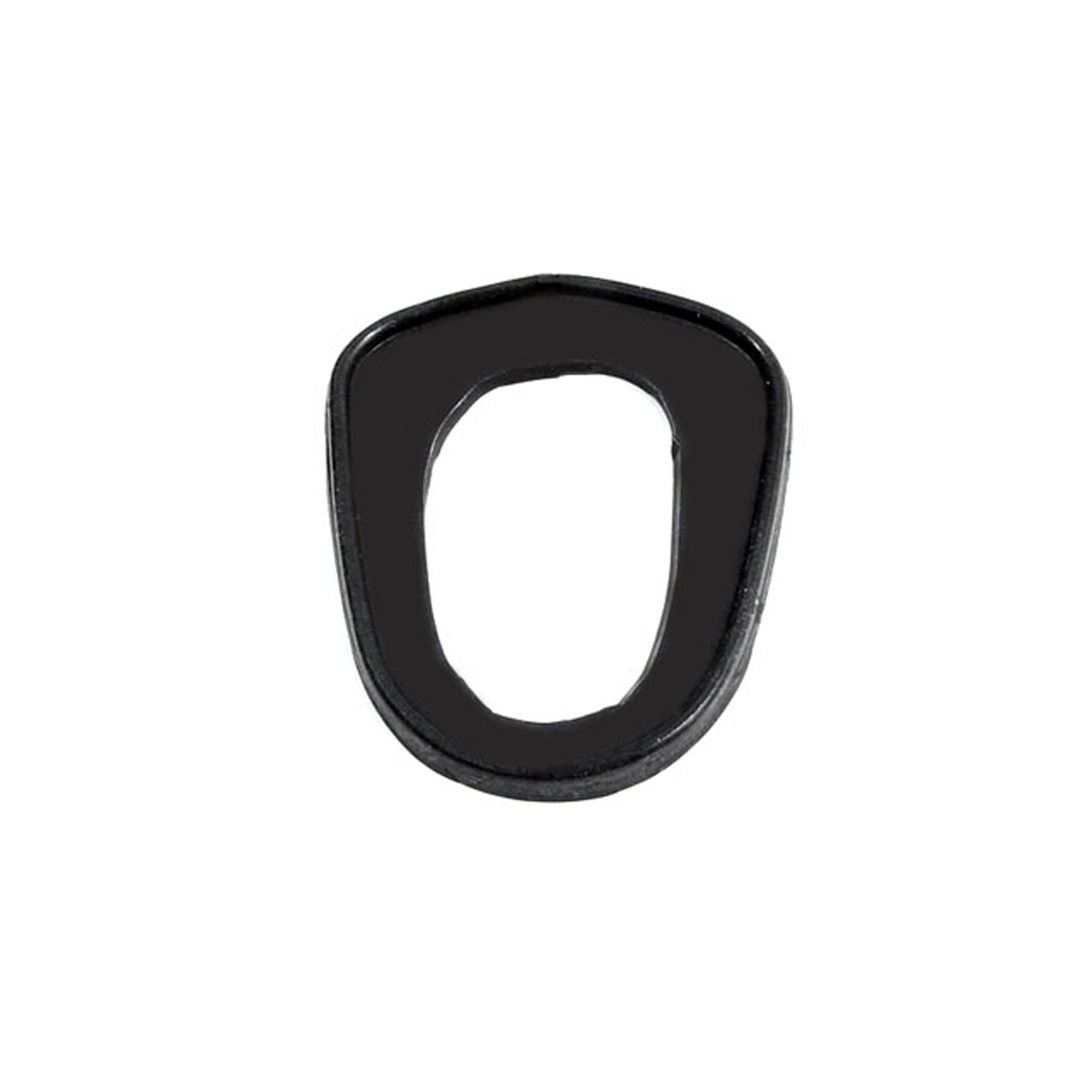 1962 Ford Thunderbird Trunk Lock Pad. 1-5/8" wide X 1-7/8" long. Each-MP 996-GTrunk Lock Pad. 1-5/8" wide X 1-7/8" long. Each
1962 Ford Thunderbird Trunk Lock Pad. 1-5/8" wide X 1-7/8" long. Each-MP 996-GTrunk Lock Pad. 1-5/8" wide X 1-7/8" long. Each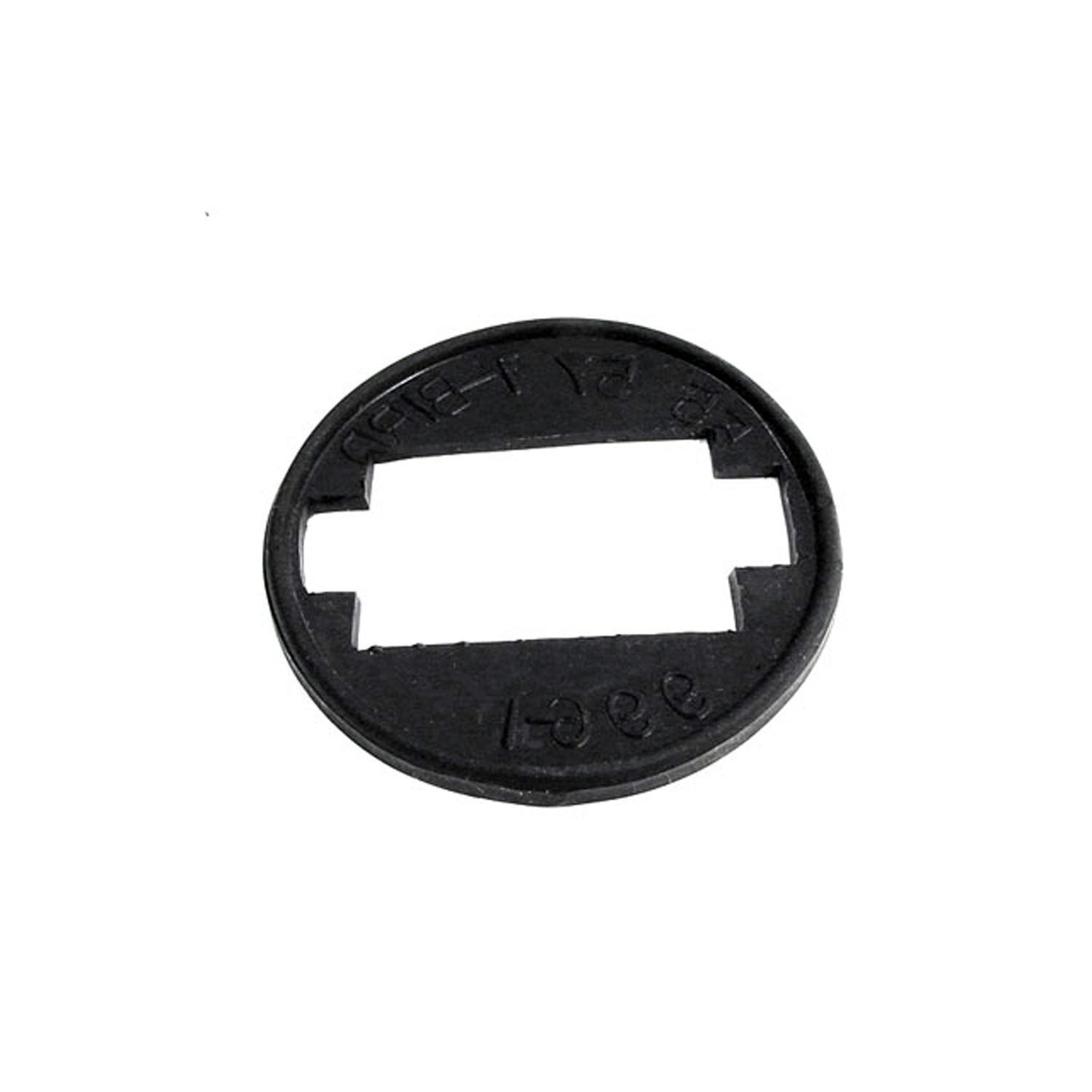 1962 Ford Thunderbird Window Switch Pad. 2-1/4" O.D. Each-MP 996-IWindow Switch Pad. 2-1/4" O.D. Each
1962 Ford Thunderbird Window Switch Pad. 2-1/4" O.D. Each-MP 996-IWindow Switch Pad. 2-1/4" O.D. Each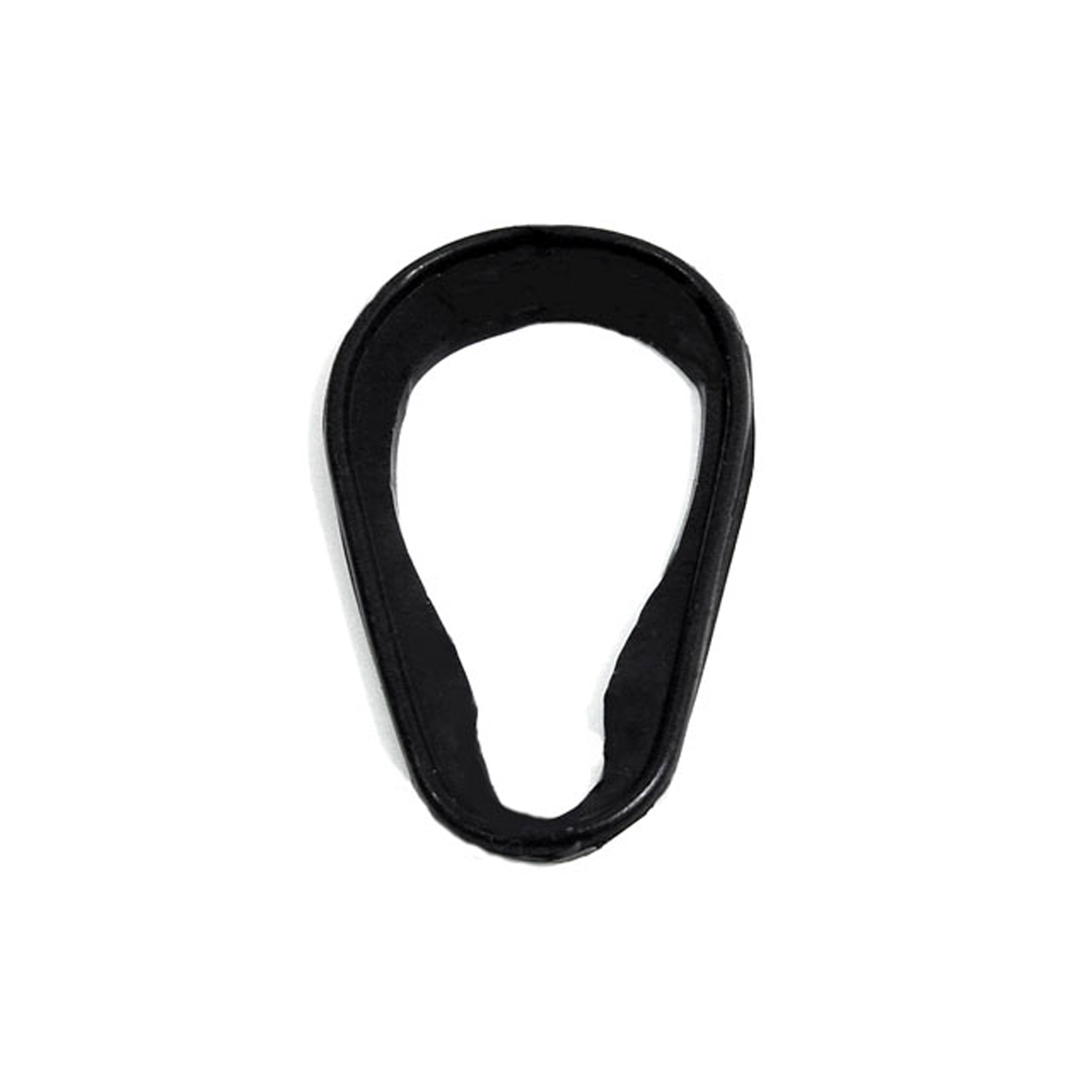 1962 Ford Thunderbird Trunk Lock Pad. 1-1/4" wide X 2-1/4" long. Each-MP 996-JTrunk Lock Pad. 1-1/4" wide X 2-1/4" long. Each
1962 Ford Thunderbird Trunk Lock Pad. 1-1/4" wide X 2-1/4" long. Each-MP 996-JTrunk Lock Pad. 1-1/4" wide X 2-1/4" long. Each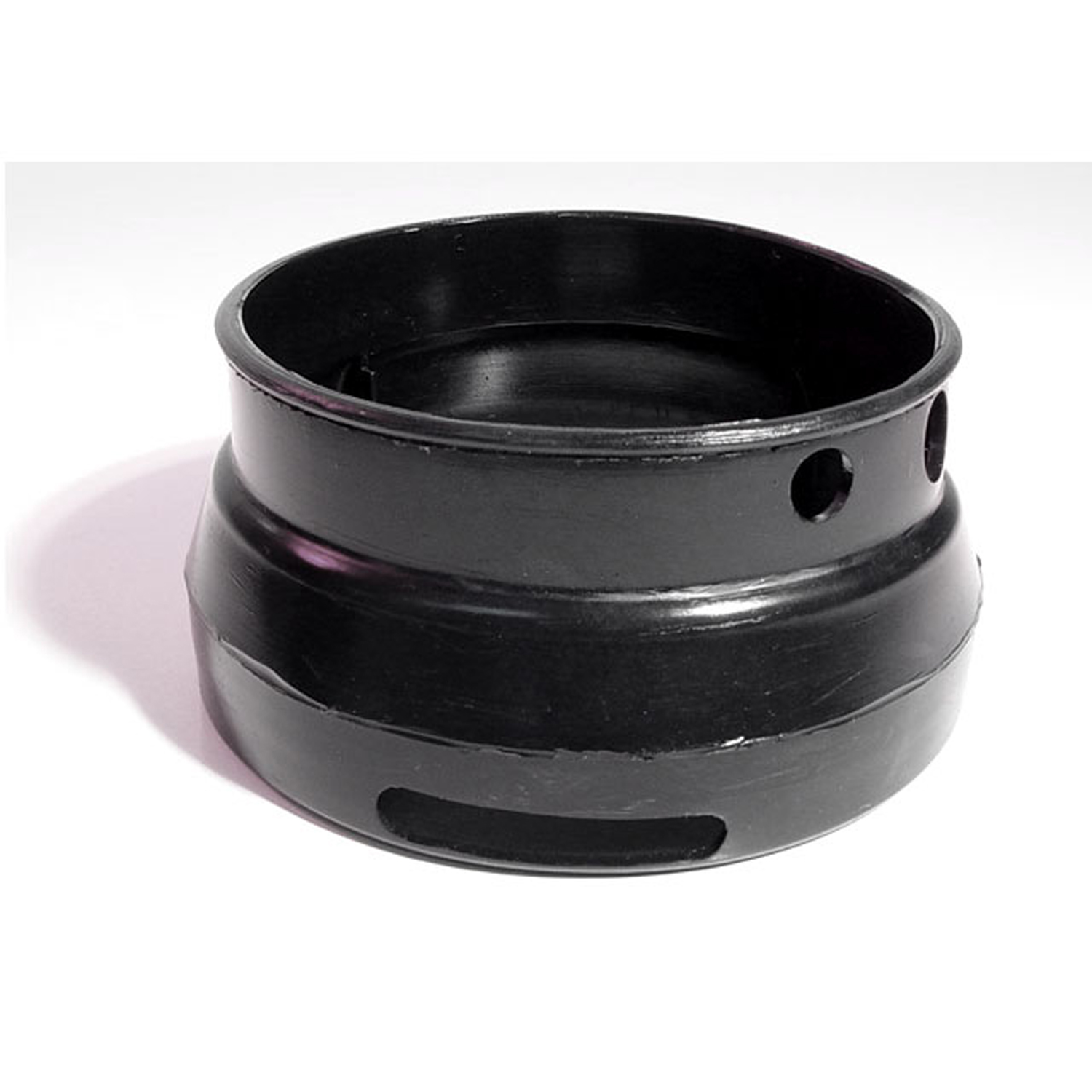 1962 Ford Thunderbird Generator Boot. Replaces OEM #C1AZ10170B-RP 2-FGenerator Boot. Replaces OEM #C1AZ10170B. Note: Notch may have to be cut by purchaser. Each
1962 Ford Thunderbird Generator Boot. Replaces OEM #C1AZ10170B-RP 2-FGenerator Boot. Replaces OEM #C1AZ10170B. Note: Notch may have to be cut by purchaser. Each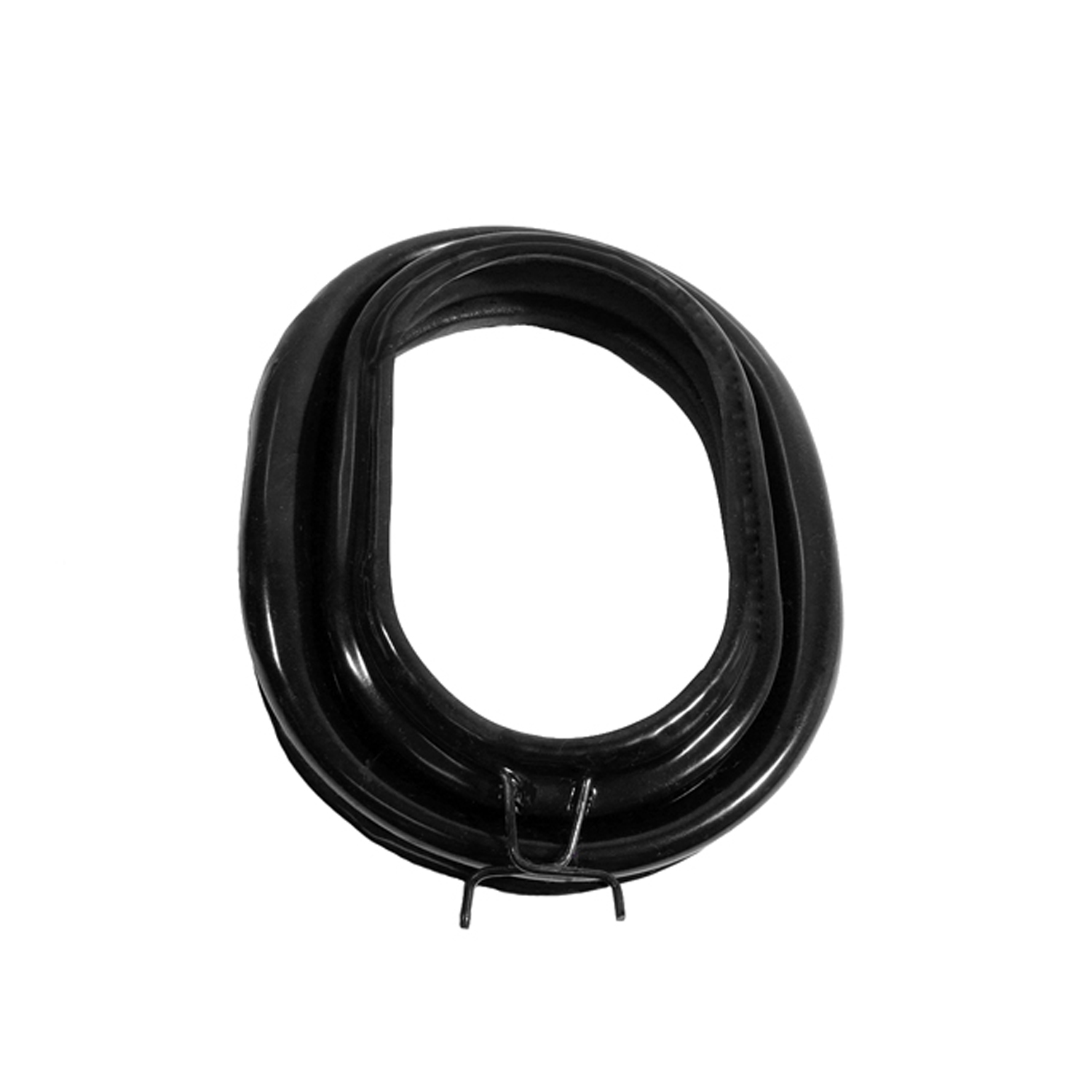 1962 Ford Thunderbird Inlet Box Bellows. Fresh air duct to heater-RP 300-HInlet Box Bellows. Fresh air duct to heater. Made of PVC with lower steel core and wire clamp. 7" wide X 9-1/4" long. Each
1962 Ford Thunderbird Inlet Box Bellows. Fresh air duct to heater-RP 300-HInlet Box Bellows. Fresh air duct to heater. Made of PVC with lower steel core and wire clamp. 7" wide X 9-1/4" long. Each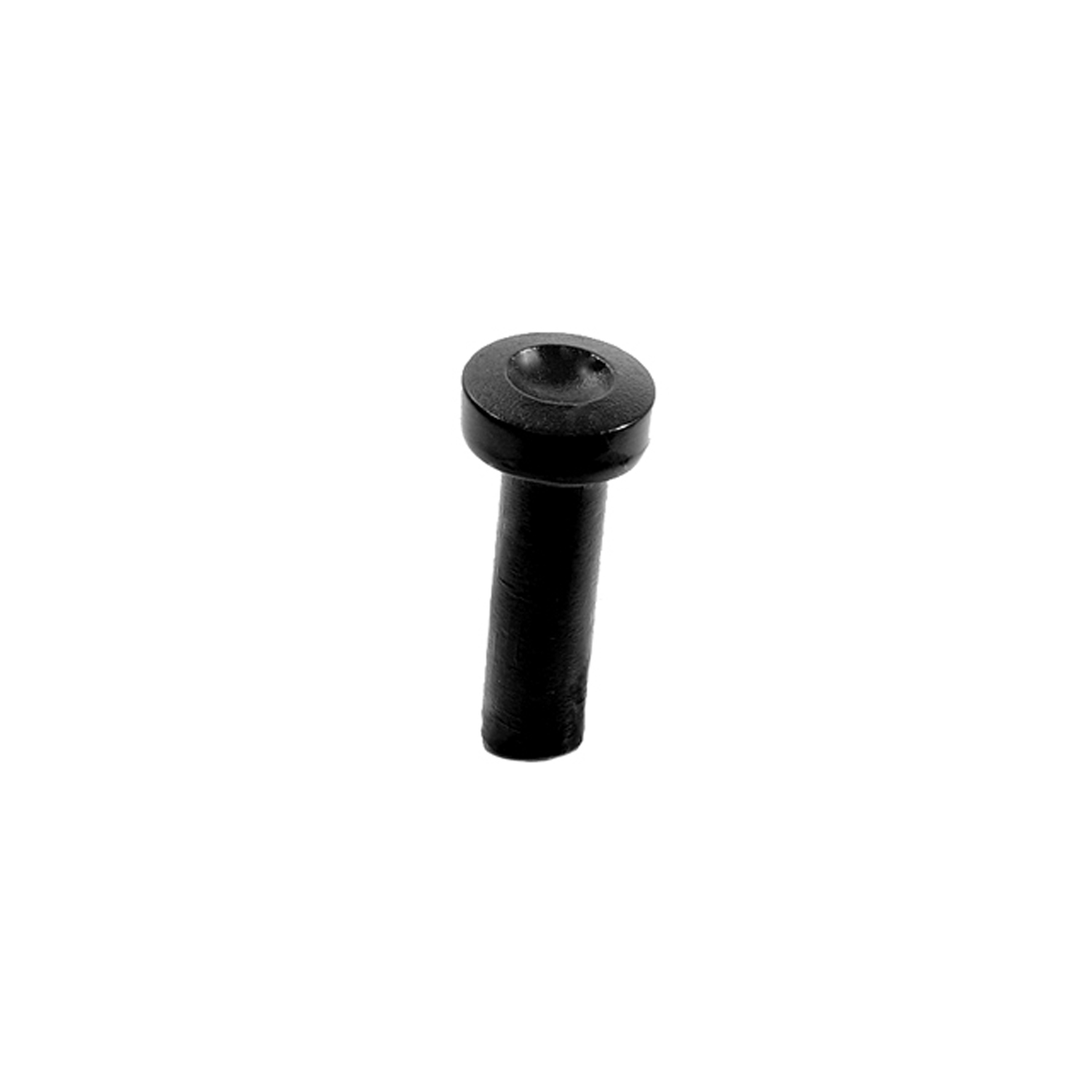 1962 Ford Thunderbird Door Lock Knob. Black Rubber. Each-RP 306Door Lock Knob. Black Rubber. Each
1962 Ford Thunderbird Door Lock Knob. Black Rubber. Each-RP 306Door Lock Knob. Black Rubber. Each 1962 Ford Thunderbird Door Lock Knob. 1-1/2" high. Made of red rubber. Each-RP 306-ADoor Lock Knob. 1-1/2" high. Made of red rubber. Each
1962 Ford Thunderbird Door Lock Knob. 1-1/2" high. Made of red rubber. Each-RP 306-ADoor Lock Knob. 1-1/2" high. Made of red rubber. Each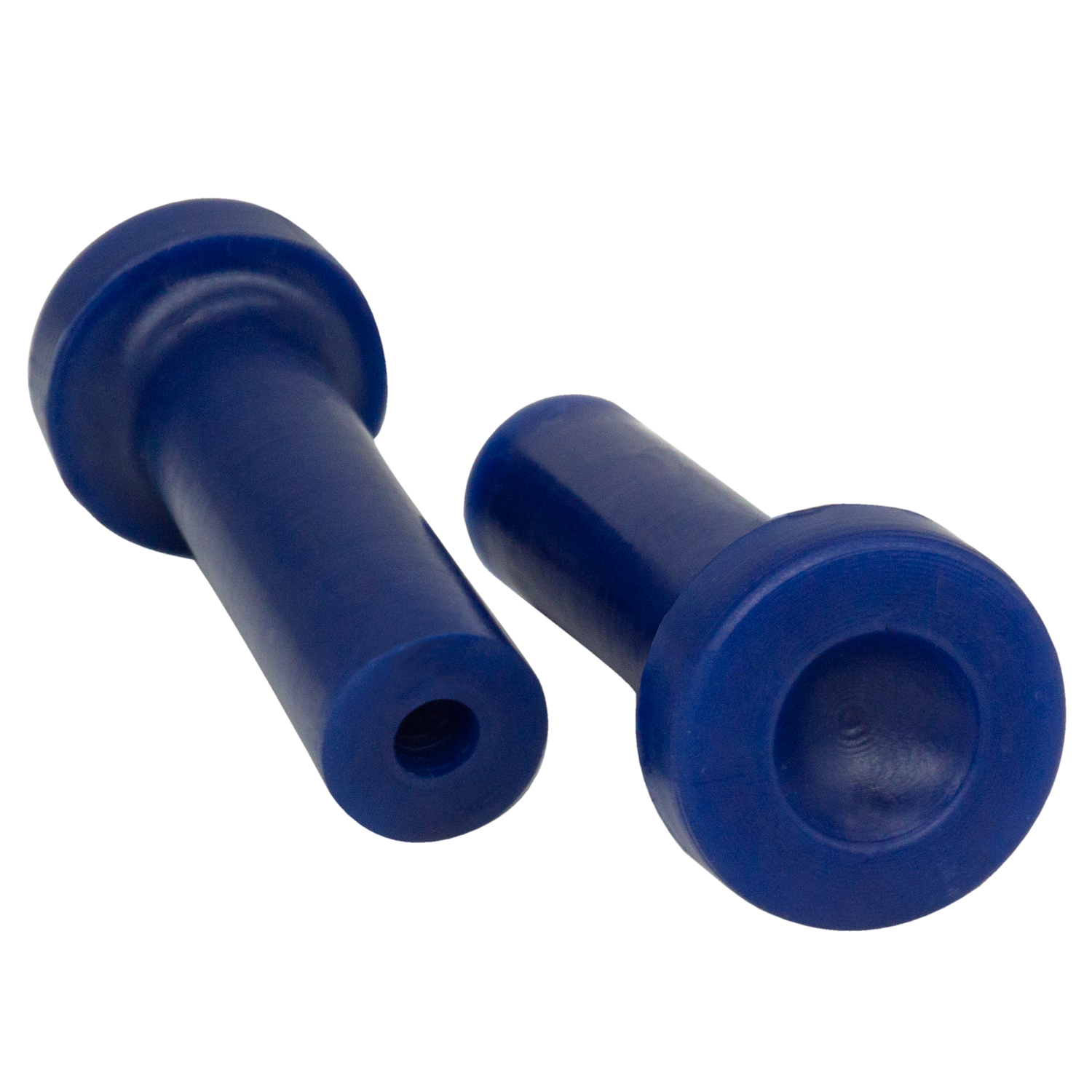 1962 Ford Thunderbird Door Lock Knob. 1-1/2" high. Made of blue rubber. Each-RP 306-BDoor Lock Knob. 1-1/2" high. Made of blue rubber. Each
1962 Ford Thunderbird Door Lock Knob. 1-1/2" high. Made of blue rubber. Each-RP 306-BDoor Lock Knob. 1-1/2" high. Made of blue rubber. Each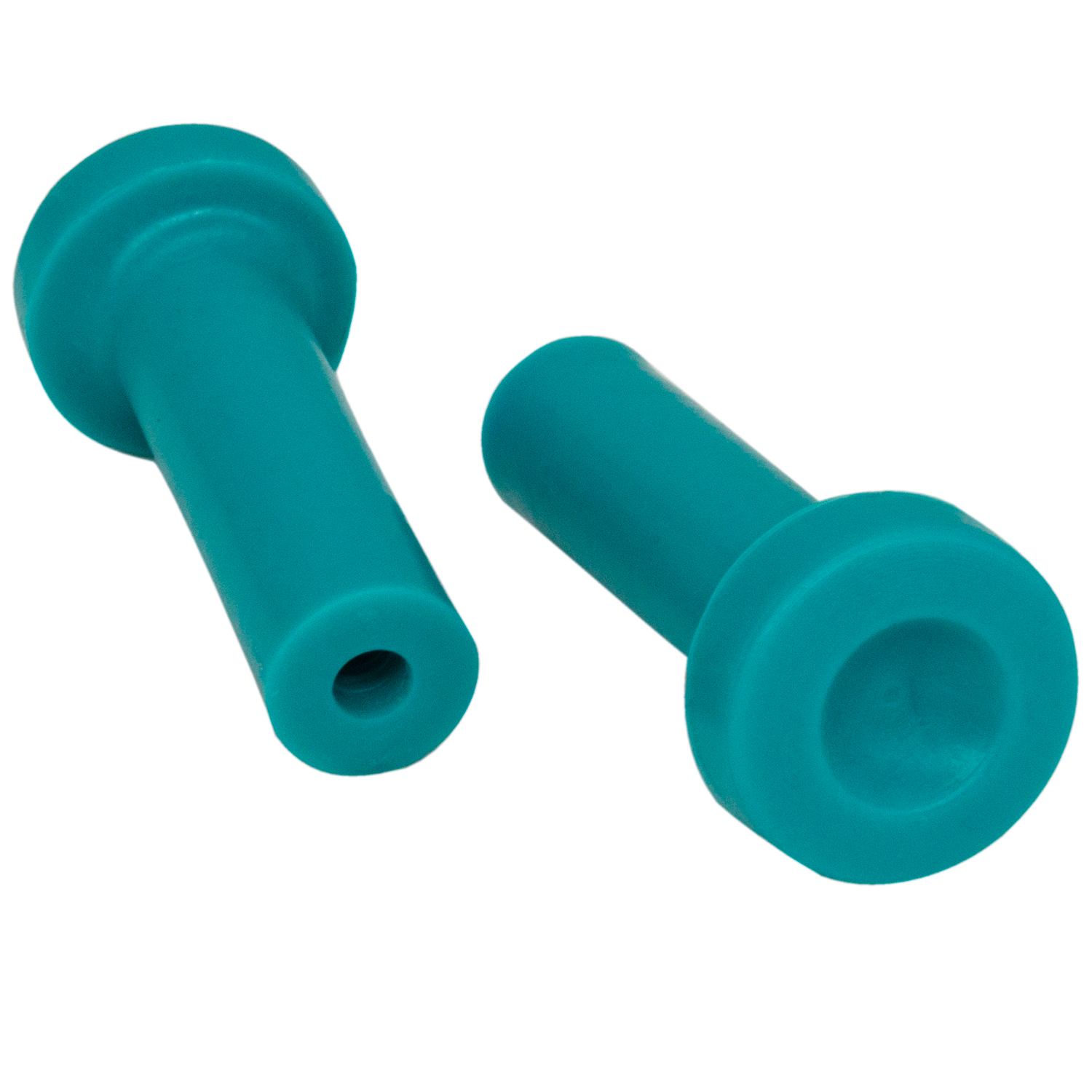 1962 Ford Thunderbird Door Lock Knob. 1-1/2" high. Made of turquoise rubber-RP 306-CDoor Lock Knob. 1-1/2" high. Made of turquoise rubber. Each
1962 Ford Thunderbird Door Lock Knob. 1-1/2" high. Made of turquoise rubber-RP 306-CDoor Lock Knob. 1-1/2" high. Made of turquoise rubber. Each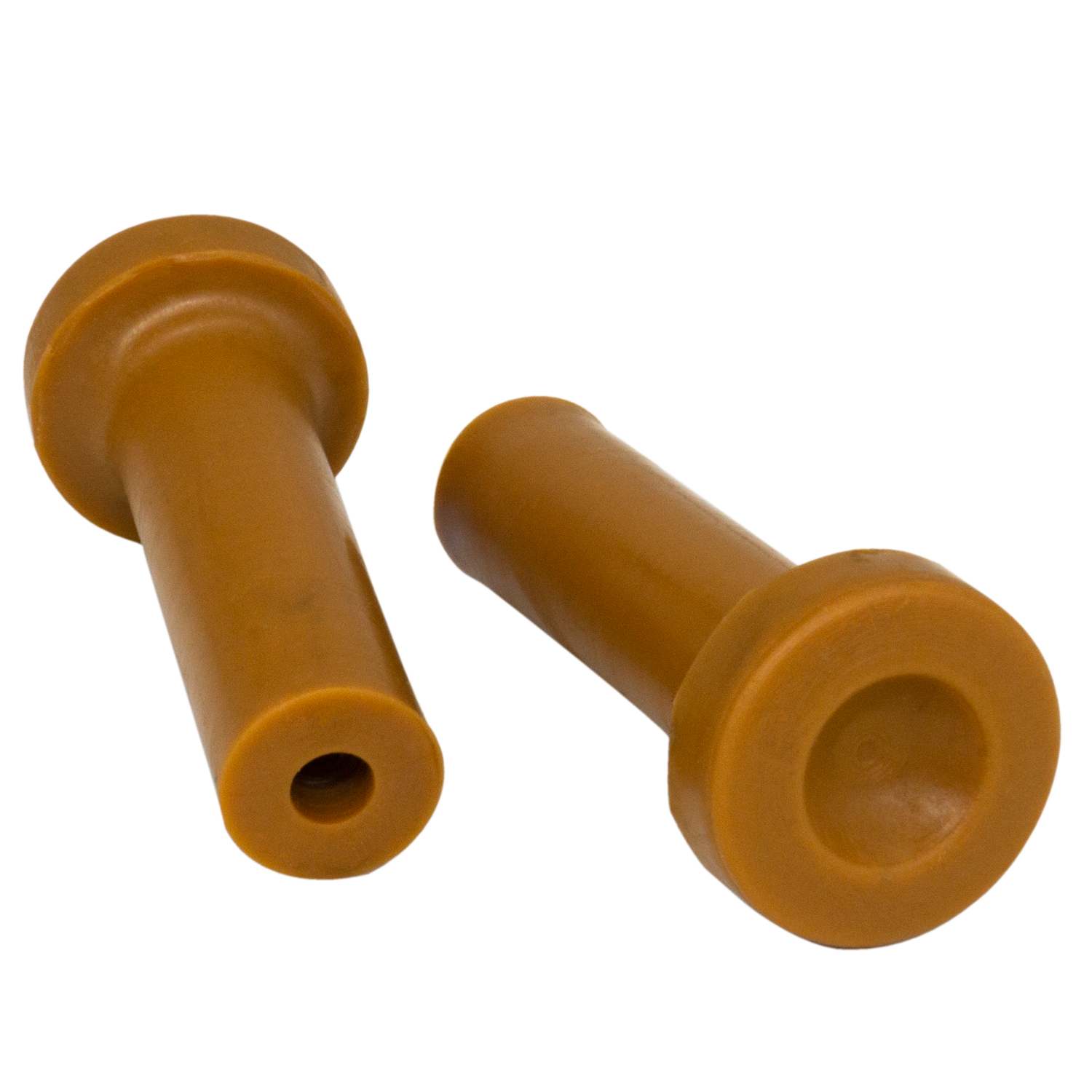 1962 Ford Thunderbird Door Lock Knob. 1-1/2" high. Made of beige rubber. Each-RP 306-DDoor Lock Knob. 1-1/2" high. Made of beige rubber. Each
1962 Ford Thunderbird Door Lock Knob. 1-1/2" high. Made of beige rubber. Each-RP 306-DDoor Lock Knob. 1-1/2" high. Made of beige rubber. Each 1962 Ford Thunderbird Brake Booster Boot. Each-RP 32-AABrake Booster Boot. Each
1962 Ford Thunderbird Brake Booster Boot. Each-RP 32-AABrake Booster Boot. Each 1962 Ford Thunderbird Hood Bumper. Snap-in wire base like original. Each-SB 89-AHood Bumper. Snap-in wire base like original. Each
1962 Ford Thunderbird Hood Bumper. Snap-in wire base like original. Each-SB 89-AHood Bumper. Snap-in wire base like original. Each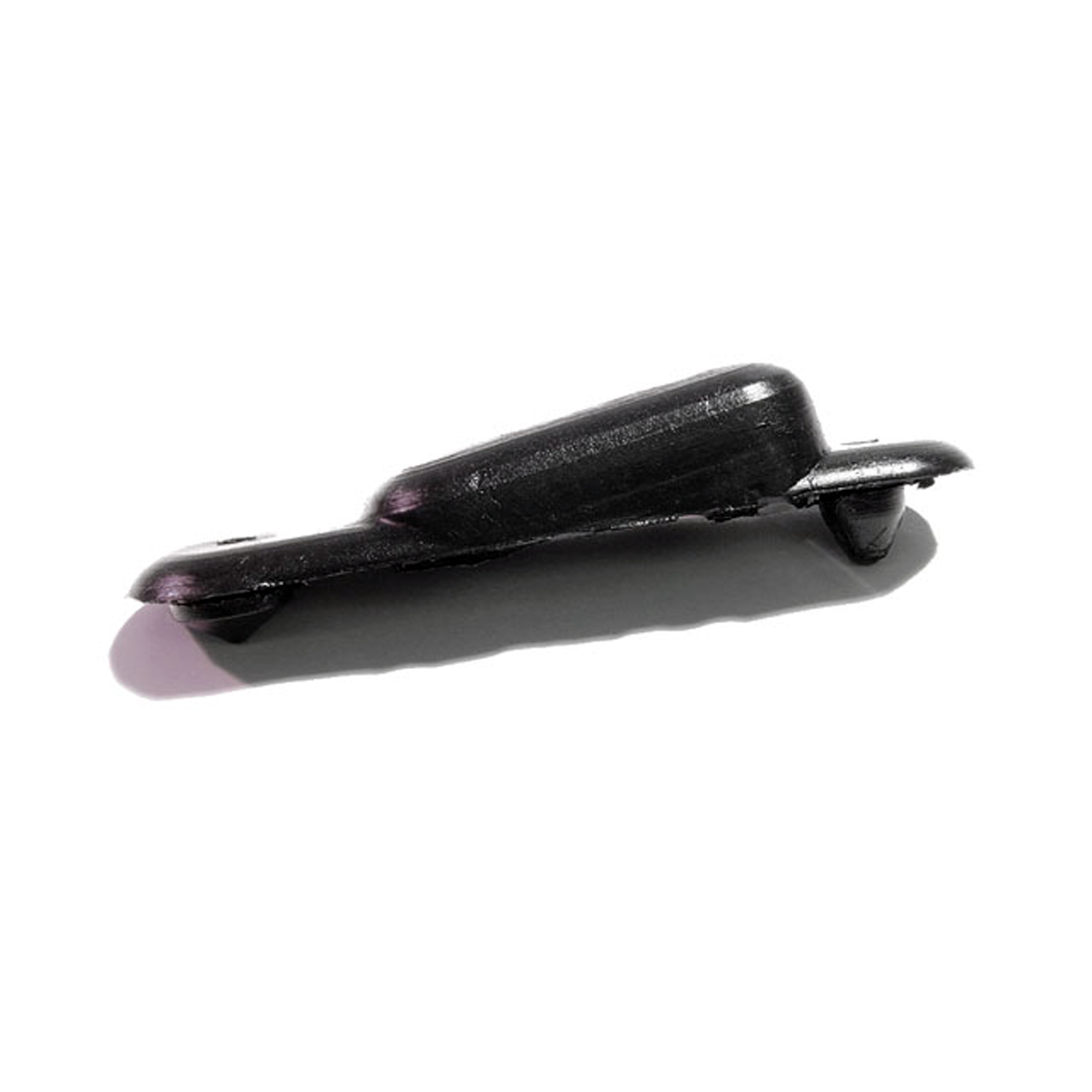 1962 Ford Thunderbird Rocker Panel Drain Plug Valve. Two used per car. Each-SM 64Rocker Panel Drain Plug Valve. Two used per car. Each
1962 Ford Thunderbird Rocker Panel Drain Plug Valve. Two used per car. Each-SM 64Rocker Panel Drain Plug Valve. Two used per car. Each 1962 Ford Thunderbird Trunk Seal. Each-TK 51-A/16Trunk Seal. Each
1962 Ford Thunderbird Trunk Seal. Each-TK 51-A/16Trunk Seal. Each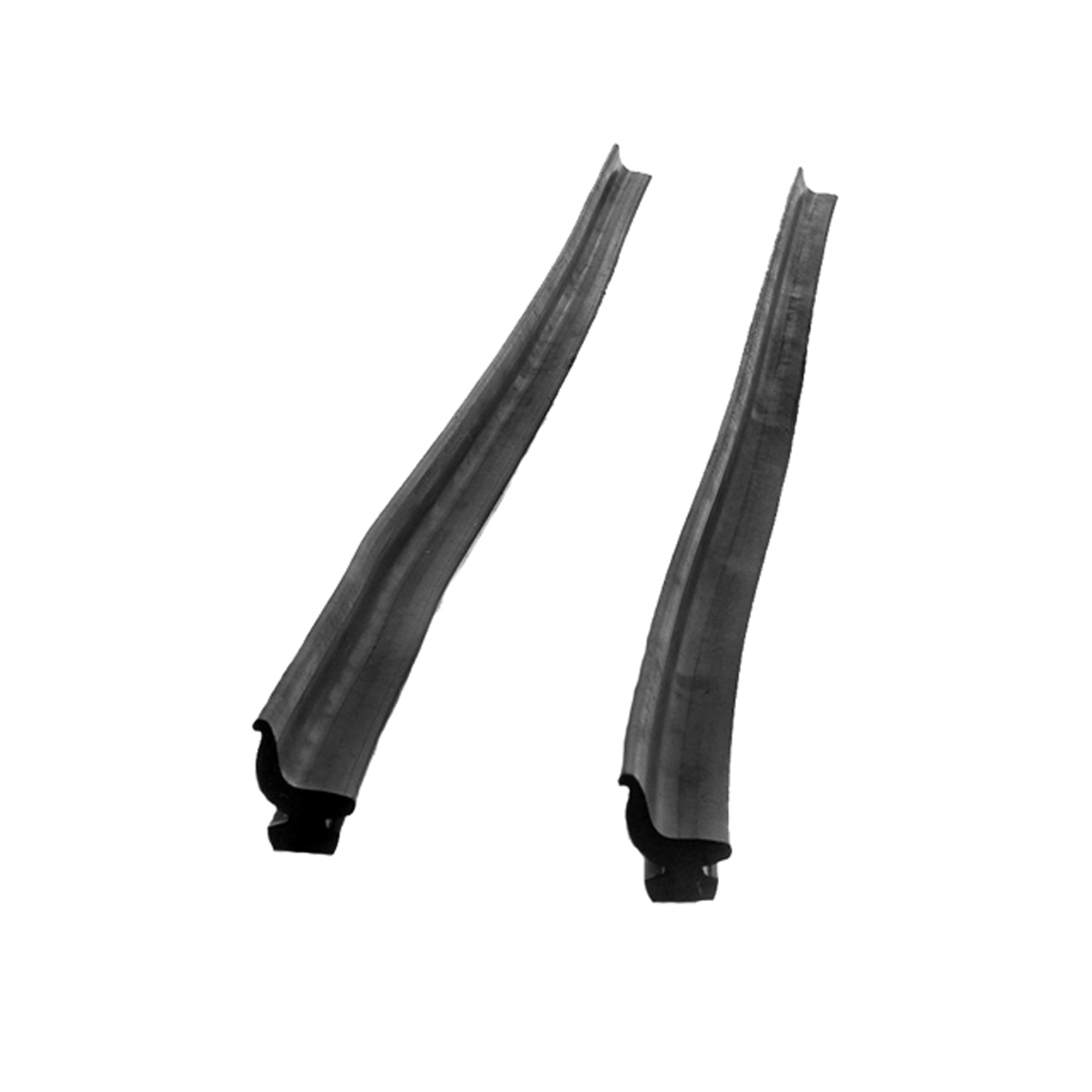 1962 Ford Thunderbird Rear roll-up Seal. Two 18" sections sliced into metal track-VS 4Rear roll-up Seal. Two 18" sections sliced into metal track. this foot with no steel insert. Pair
1962 Ford Thunderbird Rear roll-up Seal. Two 18" sections sliced into metal track-VS 4Rear roll-up Seal. Two 18" sections sliced into metal track. this foot with no steel insert. Pair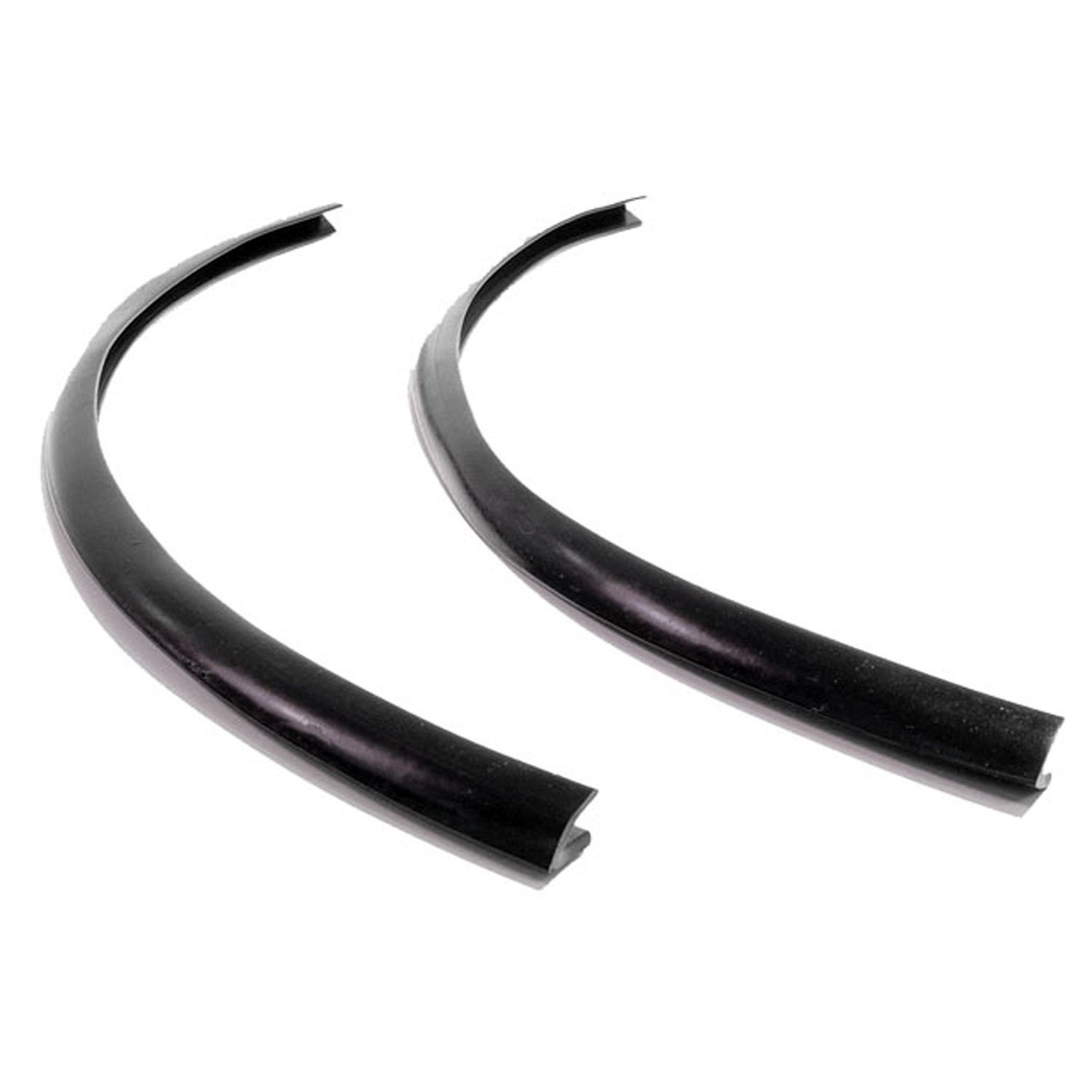 1962 Ford Thunderbird Vertical Seals for Vent Window. Each piece is 17" long-VS 6Vertical Seals for Vent Window. Each piece is 17" long. Pair
1962 Ford Thunderbird Vertical Seals for Vent Window. Each piece is 17" long-VS 6Vertical Seals for Vent Window. Each piece is 17" long. Pair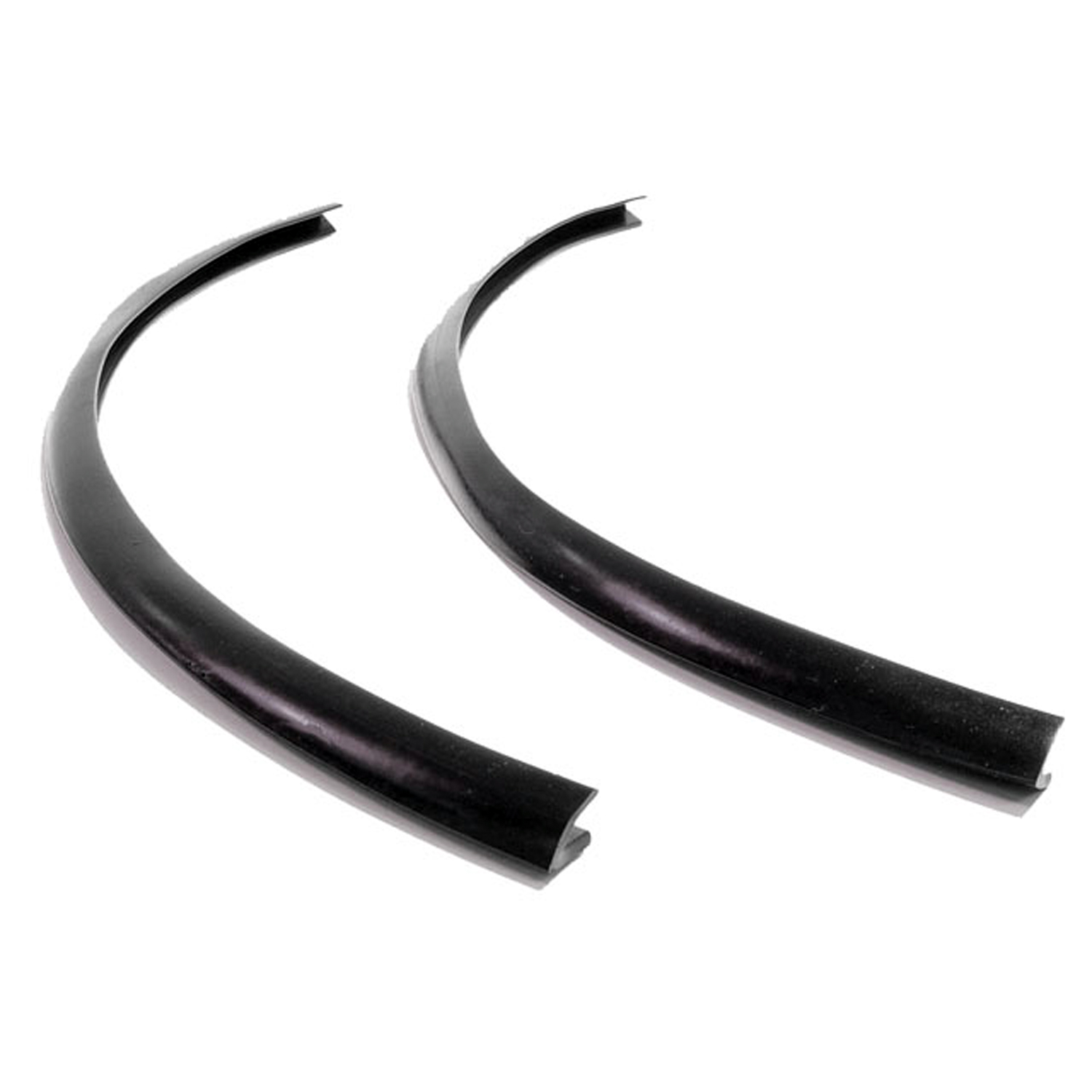 1962 Ford Thunderbird Vertical Seal for Vent Window. Sold by the foot.-VS 6/FTVertical Seal for Vent Window. Sold by the foot.
1962 Ford Thunderbird Vertical Seal for Vent Window. Sold by the foot.-VS 6/FTVertical Seal for Vent Window. Sold by the foot.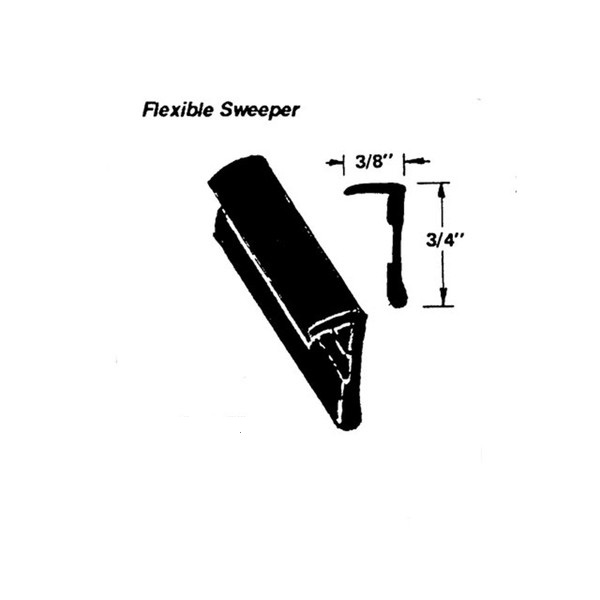 1962 Ford Thunderbird Flexible Sweeper. Made of rubber-WC 23-/FTFlexible Sweeper. Made of rubber. Seal for outside of side window. Sold by the foot
1962 Ford Thunderbird Flexible Sweeper. Made of rubber-WC 23-/FTFlexible Sweeper. Made of rubber. Seal for outside of side window. Sold by the foot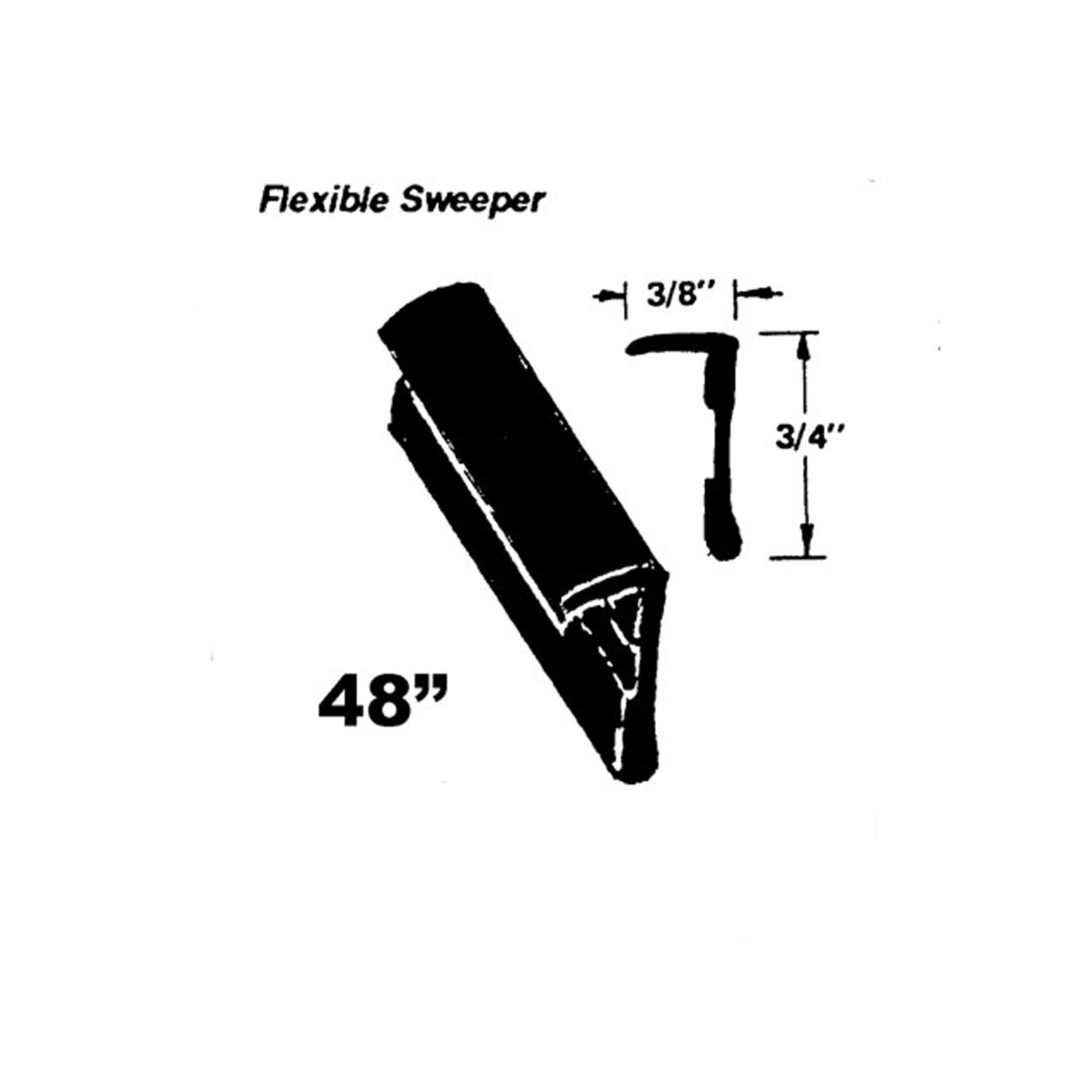 1962 Ford Thunderbird Flexible Sweeper. Made of rubber-WC 23-48Flexible Sweeper. Made of rubber. Seal for outside of side window. 48" Piece. Each
1962 Ford Thunderbird Flexible Sweeper. Made of rubber-WC 23-48Flexible Sweeper. Made of rubber. Seal for outside of side window. 48" Piece. Each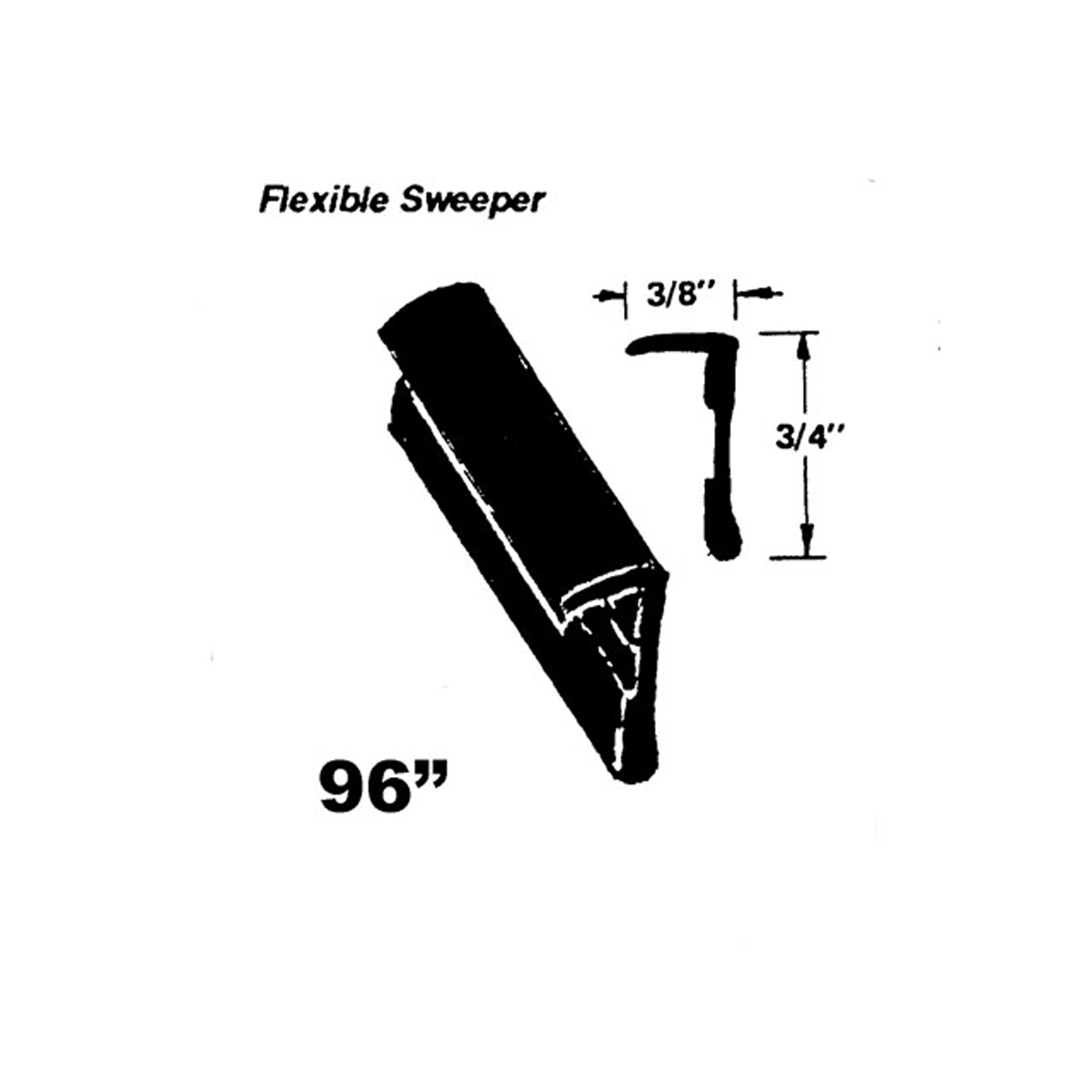 1962 Ford Thunderbird Flexible Sweeper. Made of rubber-WC 23-96Flexible Sweeper. Made of rubber. Seal for outside of side window. 96" Piece. each
1962 Ford Thunderbird Flexible Sweeper. Made of rubber-WC 23-96Flexible Sweeper. Made of rubber. Seal for outside of side window. 96" Piece. each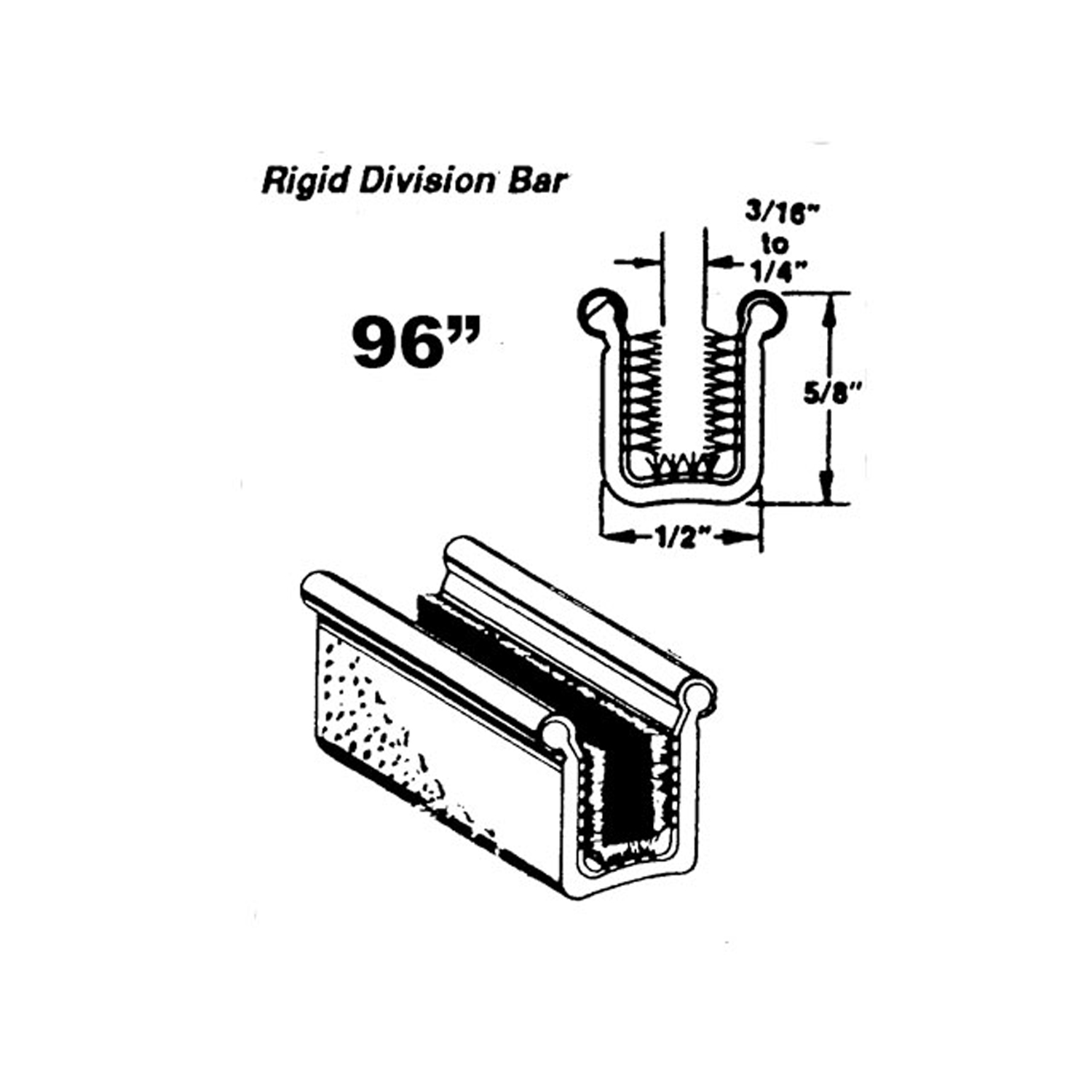 1962 Ford Thunderbird Rigid division-bar channel-WC 28-96Rigid division-bar channel. Made with stainless steel bead, heavy steel core and pile lining. 96 in. long. Each. NOTE: $20 special shipping charge applies for domestic orders. Call or email for overseas shipping costs. Part can be sectioned in two or three equal lengths to reduce overseas shipping costs.
1962 Ford Thunderbird Rigid division-bar channel-WC 28-96Rigid division-bar channel. Made with stainless steel bead, heavy steel core and pile lining. 96 in. long. Each. NOTE: $20 special shipping charge applies for domestic orders. Call or email for overseas shipping costs. Part can be sectioned in two or three equal lengths to reduce overseas shipping costs.Why Choose Metro?
For over 100 years, Metro Moulded Parts has been the pinnacle of quality in classic car restoration parts. Our commitment to precision and authenticity in every component ensures a perfect fit and an OEM-level appearance.
- Expert Craftsmanship & Quality: Each part is a testament to our dedication to reliability and perfection, crafted from original designs and thoroughly tested.
- Advanced Technology: We use cutting-edge techniques to create flawless, long-lasting parts that surpass others in performance.
- SuperSoft Sponge – The Ultimate Door Seal: Not only are our door seals 30% softer than competitors', but they're also guaranteed to never leak. They effectively reduce wind and road noise, enhancing your classic car's comfort and driving experience.
- Proudly American: Our parts are a product of American craftsmanship, made in the USA with a spirit of excellence and heritage.
- Unrivaled Warranty: We back our products with a 30-year industry-leading warranty, a testament to our confidence in their quality.
Join us in preserving the legacy of classic cars with parts that are crafted for perfection, not just made.

